-
Posts
1,303 -
Joined
-
Last visited
Content Type
Profiles
Forums
Gallery
Events
Posts posted by Gaetan Bordeleau
-
-
-
Adjustable working height is the key factor.Table height is a restriction. The easy way to get rid of this restriction is simply to have an electric adjusting height table.
If I have to shape a small part and I doit at 30 inches standard height, I will be able to do it, and the piece will be fine.
If I ca adjust the height, it will be easier to position my body. Having a better position, I will be able to do a better job, it will be easier and faster.
Also it will be very easy to position the wheelchair under the table.
-
-
Don Case asked is there some basic rules? Here are some to begin:
The quest to find the most suitable wood is a story which can last many years. The first step is visual. If we divide in 2 groups painted or unpainted model. If you choose unpainted model, then the wood grain is more important.
You look the wood species available and you try some. The word available is important. Apple wood has a nice scaled down grain, the color is perfect but It is not the most stable wood. Unless I know the owner of an orchard, it is probable that supplies will be ... absent. Then the price, ideally it should be a local wood, in the way that the price will be reasonable.
Once you have chosen a wood grain which would look good at scale, you have to test the properties of that wood and at the end, you will keep this wood in your list or not. Examples of what kind of properties you want to verify: workability and easy to sand ( the worst 2 woods that I tried are maple, it is much longer to sand and bloodwood, if you try to go too fast, it burns and makes the sanding paper dirty), stability, especially for all the framing. Staining, some wood are easily stainable others are not.
-
4 hours ago, Don Case said:
Are there some basic rules
hardwood, if you use a softwood like cedar, you will get a fuzzier model. If you look a softwood to the microscope, there will be much more fuzziness than a hardwood.
4 hours ago, Don Case said:No grain seems to be an obvious choice
this is why it is a personal choice
4 hours ago, Don Case said:but it's very oily
not desirable oil and glue are no friends
4 hours ago, Don Case said:I could also get Red Alder
I would consider the properties of this wood like a softwood.
As I said, your personal choice will be the final judge, and if you choose a soft wood, you will succeed but you would get much better results with a fruitwood.
- Jaager, mtaylor and Larry Cowden
-
 3
3
-
Because the question of choosing which wood to use for model ship building comes and comes again, I wanted to write another page about it.
At the end, the choice you will do will be a personal choice as many activities like you can prefer to cut a plank with a hand saw or an electric saw. There is no good or bad choice, it is a strictly a personal choice guided by our preferences.
Here is why I chose cherry wood to be the only wood I use for model ship building.
-
-
Hi Marc,
The best pictures I have:
1 and 2 Frégate Néréide 1720
3,4 unknown
5
Here is my guess. Before and after 1700 the shell would be wood and the inside bricks, metals parts came later, I would say after 1750.
The stove was not that big. It was not made to feed everybody, only the officers.
The location looks like to always be beneath the forecastle.
In 1780 the 74 guns had a copper sheet above the stove with 2 chimneys but not in 1680.
I would be caucious with Lemineur. I used his drawings for the frames of the 74 and he changed many parts shapes for obscures reasons. Trying to answer questions before 1700 is often a guess, and the beauty of it, is that everybody can imagine what he wants, no one will come to contredict him.
-
Inevitably, if you install the guns, you will it them later.
Here is another way to go:
I did install guns on decks but they are free to move slightly. Ropes limit the movements and the wheels are not glued to the decks.
-
The first tool I would buy in fact would not be a workbench. , I prefer an electric adjustable height table. You can find at different prices and relatively low prices.
- Canute, Jim Rogers, VTHokiEE and 4 others
-
 7
7
-
36 minutes ago, Roger Pellett said:
In looking at the Byrnes machine, it seemed that I would have the same problem.
I think so. As far as I know, it does not have automatic feed! Also, your machine, by having a bigger motor can sand faster, so it means you can do the job faster than Byrnes machine.
- Roger Pellett, mtaylor and Canute
-
 3
3
-
When possible every machine has his own automatic feed. The surface grinder has his moving table. The saw bench has the power feeder and so on.
I remember in the first years I was turning metal. For the last pass, automatic feed is use. I remember that to fully understand the meaning of a nice finish, i looked at it to the microscope because we had a discussion about this subject. Somebody was saying that finishing by hand was as good, until he saw a picture taken to the microscope. When turning precision diameter, automatic feed is always use because the diameter of the part will be more constant and it will be always easier to fit a part finished with the automatic feed.
- Canute, Roger Pellett and mtaylor
-
 3
3
-
What goes well for yesterday photos set up, strangely it is easier to take deep inside photo without flash, only with LED lights.
Today's photos, again the key factor is the LIGHTING more than the camera. For interior photos of today, a smaller camera was used.
Which of these camera will gives the better result: a phone, or one action camera? Action camera is the good answer. I have been experimenting for years "small cameras". The first one was a Microsoft 1080p, up to the last one in 2020, a 4K Yi camera. Today the small camera used was a Go Pro. As with every camera, there is a learning curve, and I am still learning this one, but the results look like promising.
-
9 hours ago, Jaager said:
My suggestion - go with the Byrnes.
Byrnes will not give better results; same principles, same results.
Thickness sander, milling machine and lathe need an automatic feed to get a constant thickness.
Hand feed never gets constant thickness.
- Roger Pellett, mtaylor and Canute
-
 3
3
-
-
Bricks are made from wood and colored with a mix of water based colors from Samana paint. This paint does an excellent job on wood. However, for the bricks, water is added to obtain a more "transparent color". If I do not do this, all the lines which define the brick contour will disappear and we will not see the individual bricks.
On the 2 last photos, we see the planking of the second deck. To make the treenails, there are 2 methods, the long and difficult one: with a draw plate and a pair of pliers made to pull. Or there is the EASY way to make treenails: toothpicks. Up to few years ago, toothpick were made from wood like birch. Today, toothpicks come from China and are made from Bamboo. Each end of the toothpick is turned taper. This means that a broad range of diameters are covered with a single toothpick. The largest are for the knees each side as in the front. These treenails are for the "look", they are not very deep. When I really want the treenail to act as a real nail, I drill the hole much deeper up to come in the wall.
Cherry is a pale wood, treenails are also made from a pale wood. It is important that the treenails do not contrast too much with the wood, in this case cherry. At the opposite, if we use a dark wood for a pale structure, the contrast will be too great. The same think will happen If I would use brass nails. Visually, there should not be too much contrast, or the effect will lose his elegance. The thing is like this: If we look at the model, the hull by example, and we will only see an extreme abundance of head nails, we will not see what is behind, this is not the desired effect. I hope my explanation is clear enough.
- md1400cs, Hubac's Historian, Gahm and 14 others
-
 17
17
-
A very Happy New Year to you too, Carl, and every body. In fact, it was "fer blanc" which translate as tin. Effectively, aluminum conducts the heat, as well the electricity. I would be inclined to think that they covered with tin to protect the brick. I guess that you are right about the insulating properties of salt between the fire and the deck. If you look in (#825), first photo, under the oven, there is a drawing on top right, salt is colored in yellow. The oven is about 4 feet high, so the salt layer is about 1 foot thick.
Nothing is glued yet in that part of the deck, so I might add another layer under the oven, just above the deck. To prevent the embers from burning the floor, a layer of lead was added. Also, as protection, on the top of the oven, under the forecastle, a large sheet of red copper with 2 holes for the smoke evacuation was added. I guess, it would a fair statement to say that the fire was surrounded by metal !
The oven is fixed to the decks from above and below with 8 iron pegs attached by ropes. This way of fixing the oven, makes it independent of the ship, because if it was united to the boat, it would dislocate brickwork.
And for the last question, about the boat, the answer is easier than you could think: I just wanted to check color rendering, the white balance ,we could say, just before a shooting, for my wife. I could have photographed any object, but I choose one that I knew well.
-
The work continues on the second fore deck. We have 3 ovens on this 74 guns: 1 for the bread on the first deck, and 2 on the second deck: 1 for the pastries and the last one for the kitchen.
To be homogeneous in their manufacture, the 3 were made with orange bricks. Emphasis was places on the different layers of the kitchen oven: plank, salt or layers of bricks, brick and sheet metal. Is it the salt or the brick which dissipates heat best, I do not know. As for the salt, we know that the salt can resist to the heat, by example in a recipe of salt crusted fish, but how the salt would resist to heat in a long period of time is another question. We can guess it can resist, because if not, they would not have used it.
-
I realize reading these kind of topics on tools that buying a good tool is not so easy. Experience is needed to build a model ship, experience is also needed to buy tool. Is it wasting money to buy cheap tool which will not last for years? Of course, the answer is yes, but the answer can also be yes for someone at his first model who does not know if he will like this hobby or not. There are a lot of difference between a good tool and a cheap tool, and price is not only the difference.
- Roger Pellett, mtaylor, Bob Cleek and 5 others
-
 8
8
-
- Canute, Jorge Diaz O, mtaylor and 2 others
-
 5
5
-
I bought this kind #61-80 about 20 years ago.
In fact, very often, jewelry tool store are the best place to buy quality tools.
- davyboy, thibaultron, Canute and 1 other
-
 4
4
-
-
Rigid positioning of the Vise: orientation and working height
https://grs.com/product/multi-purpose-vise/
electric height adjustable table
-


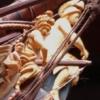
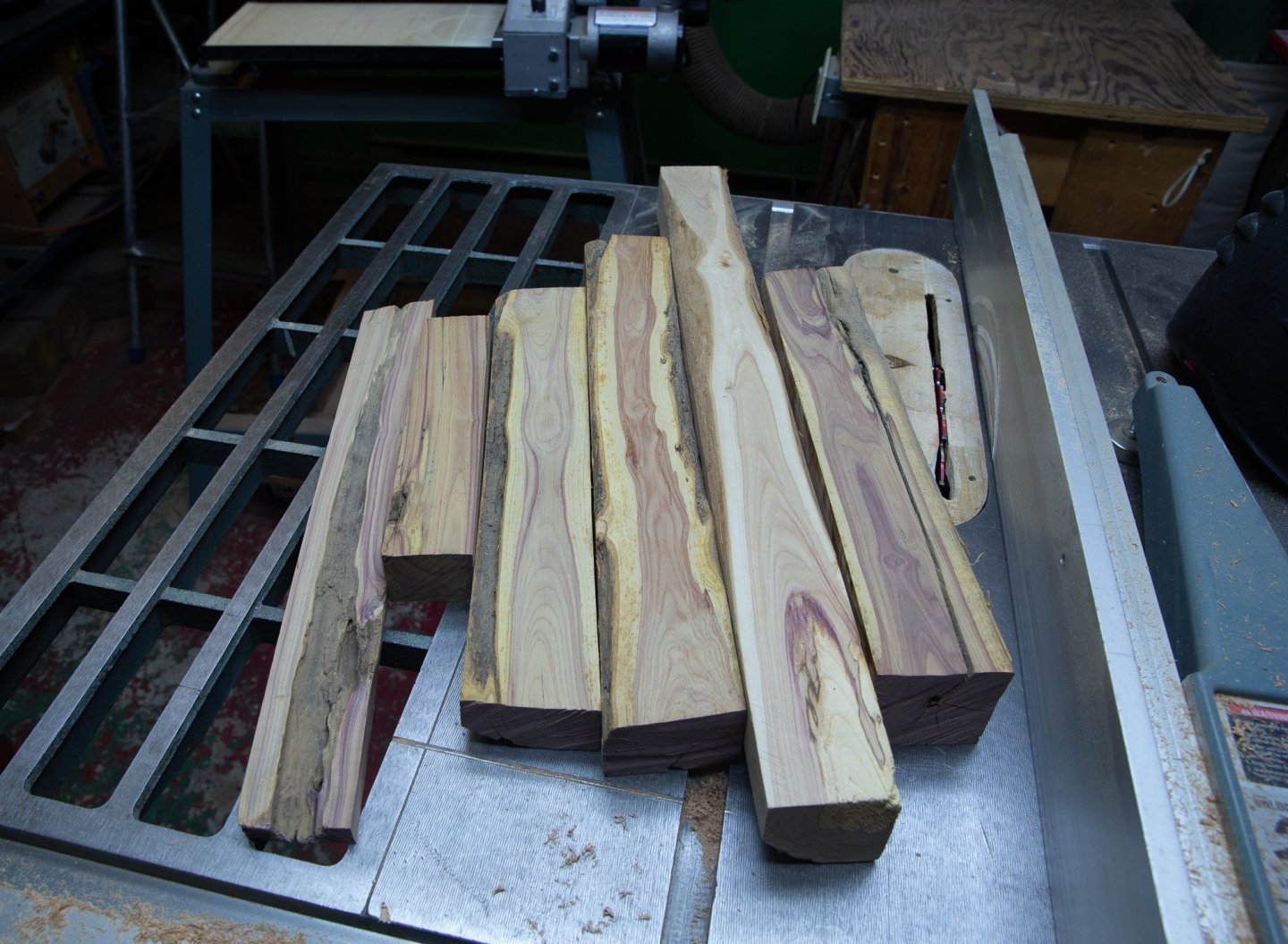
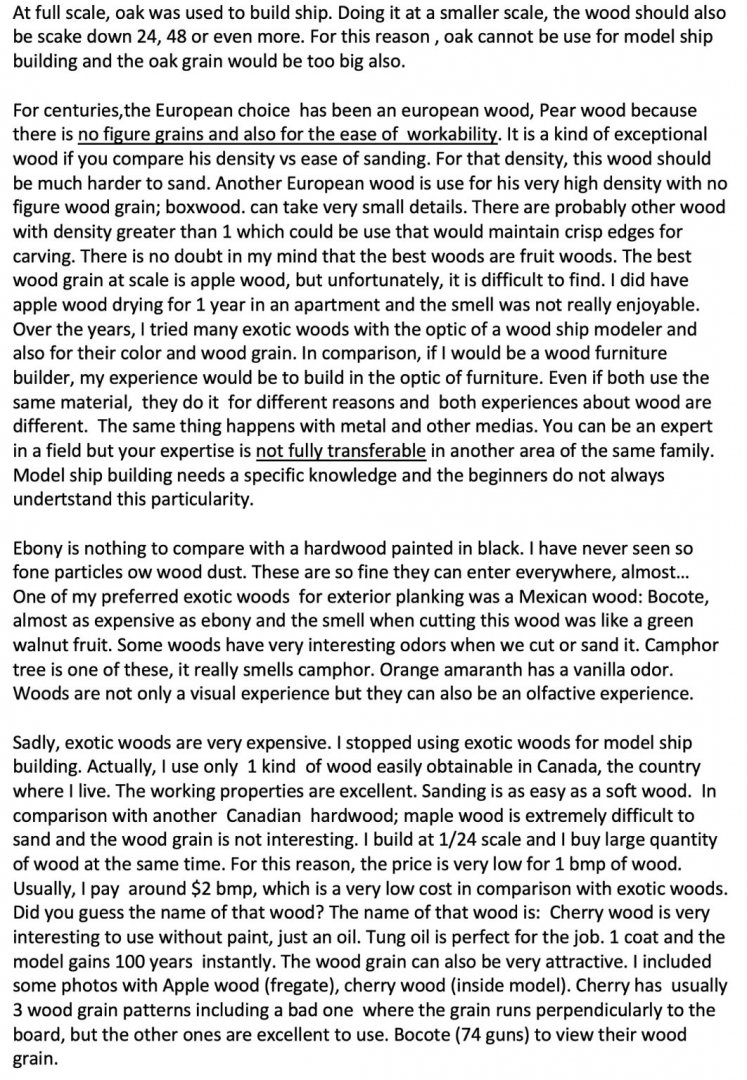
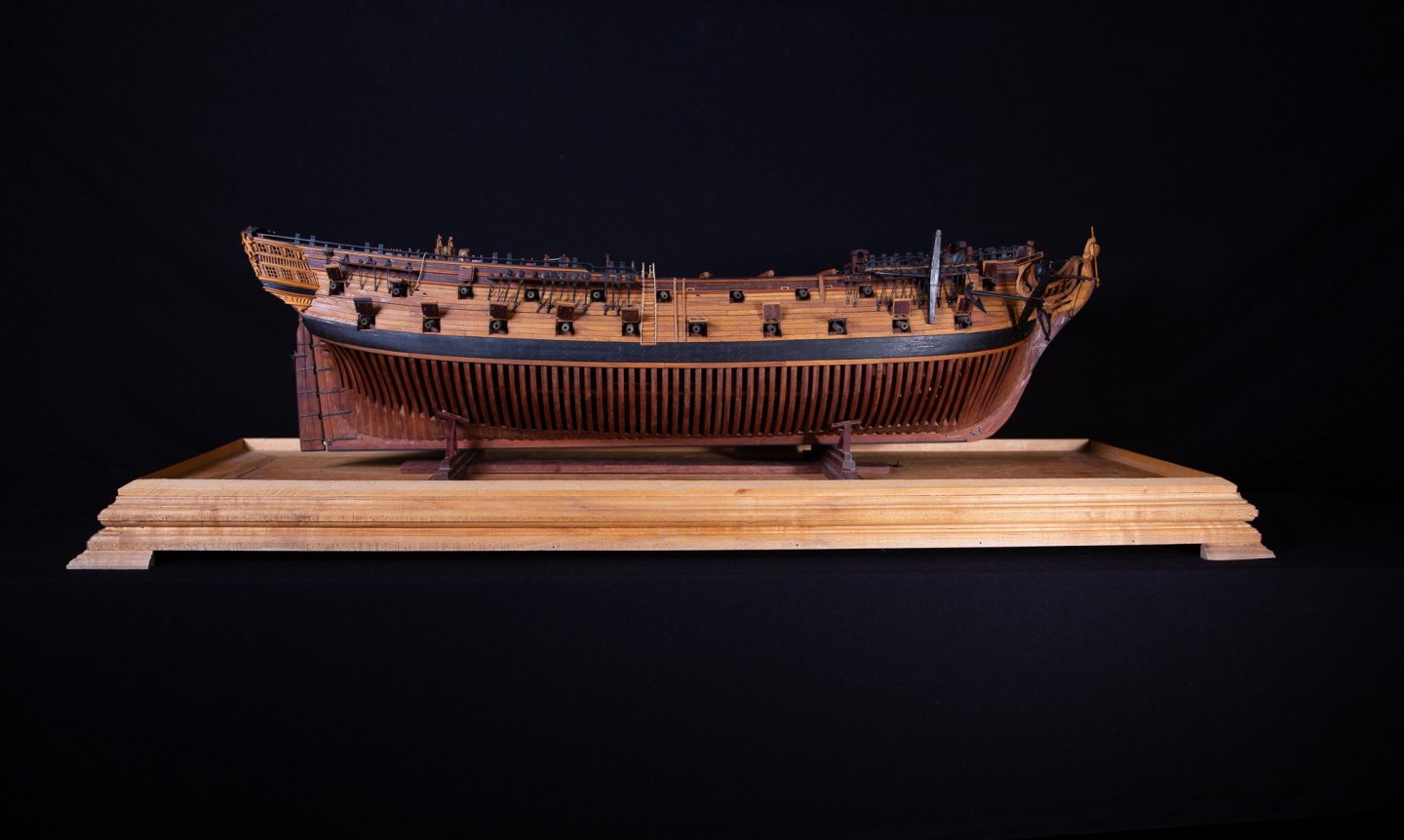
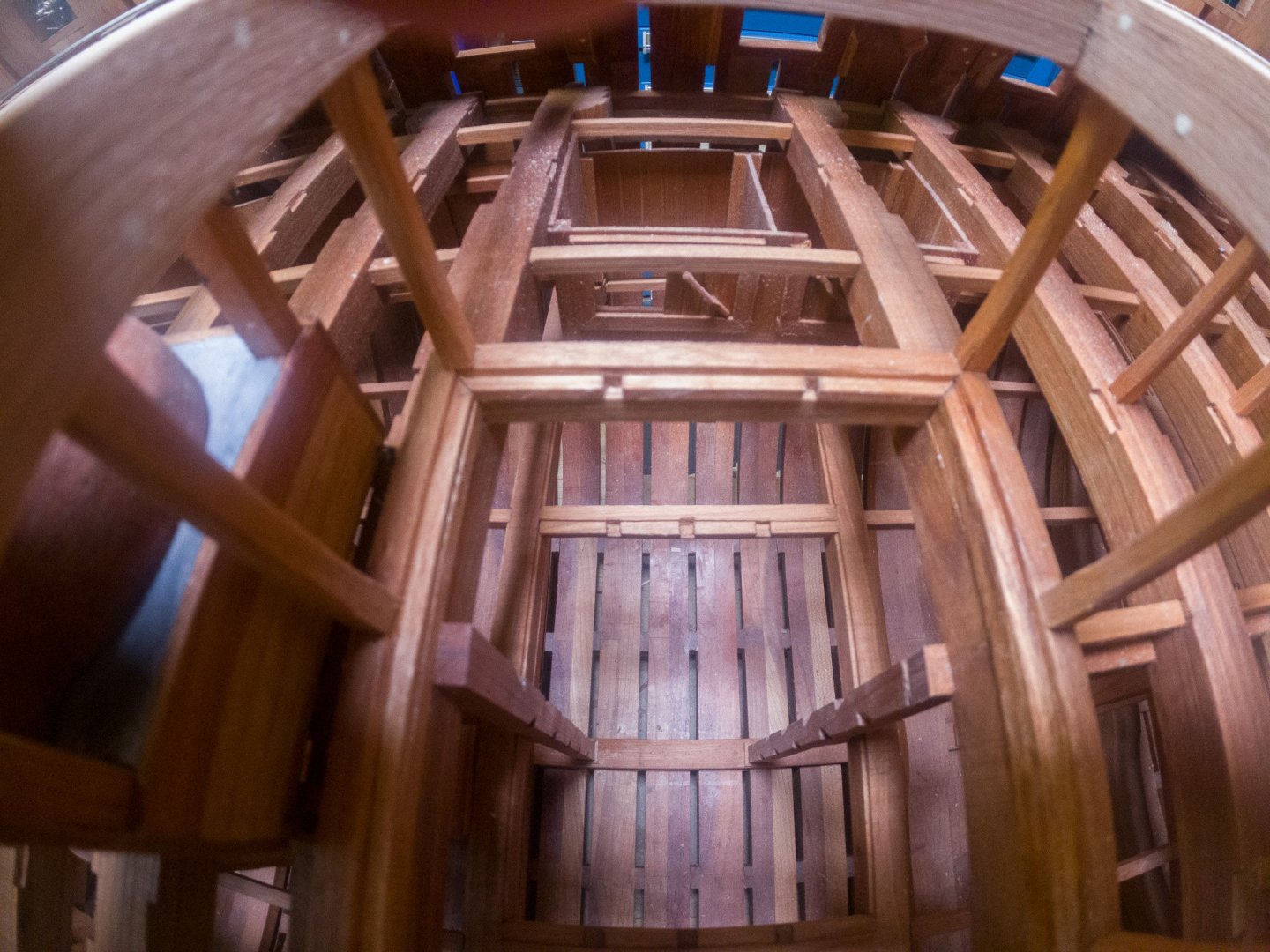
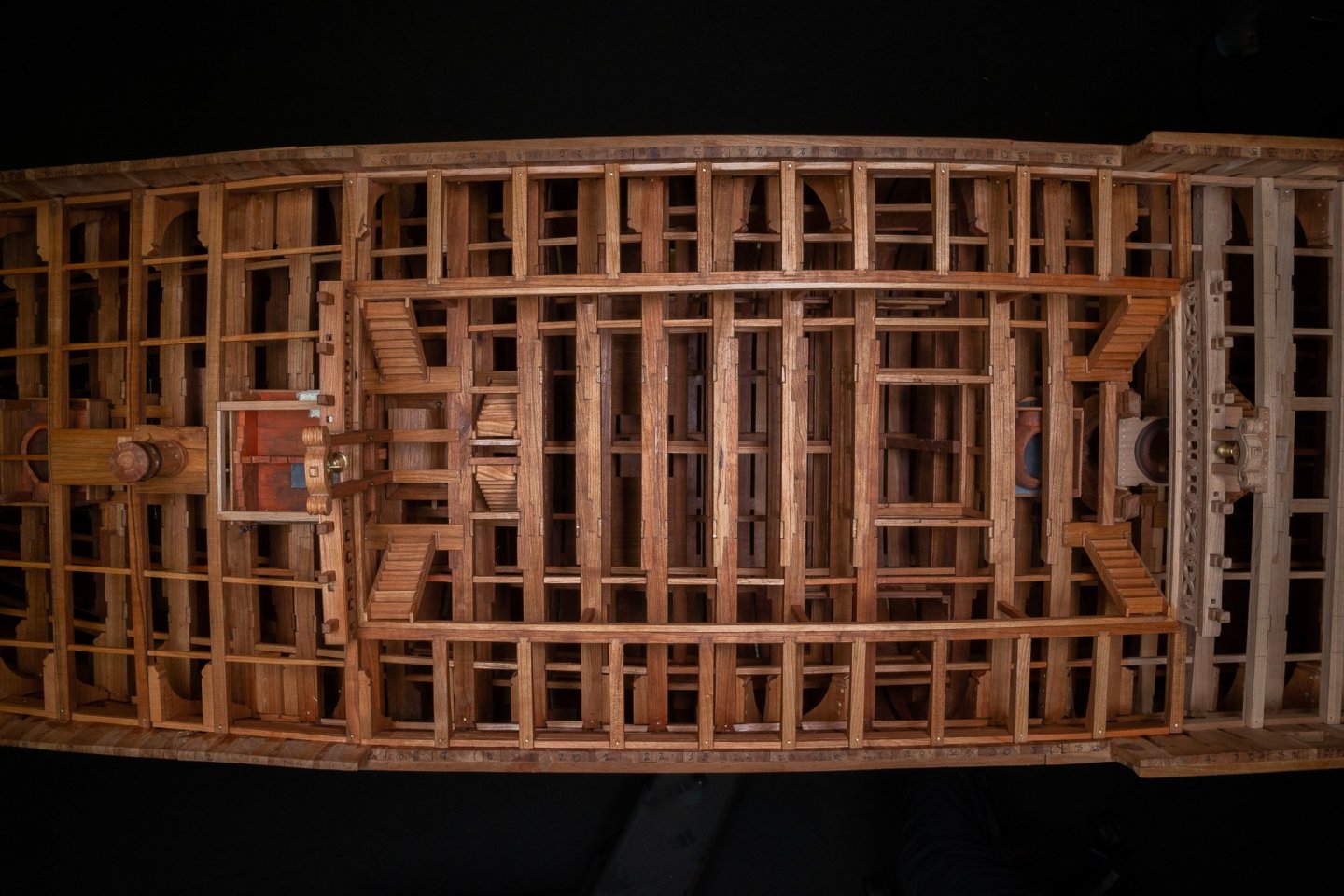
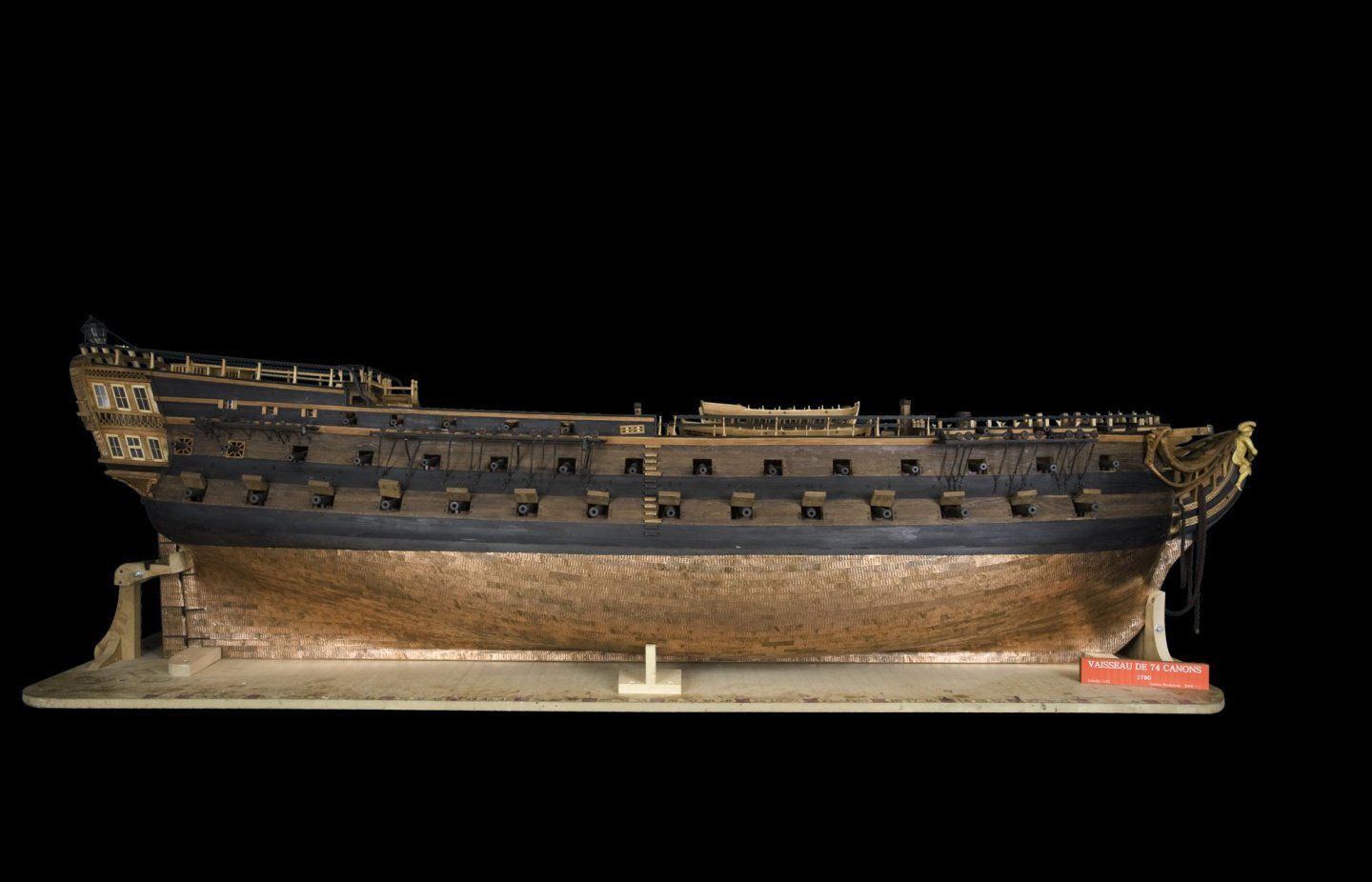

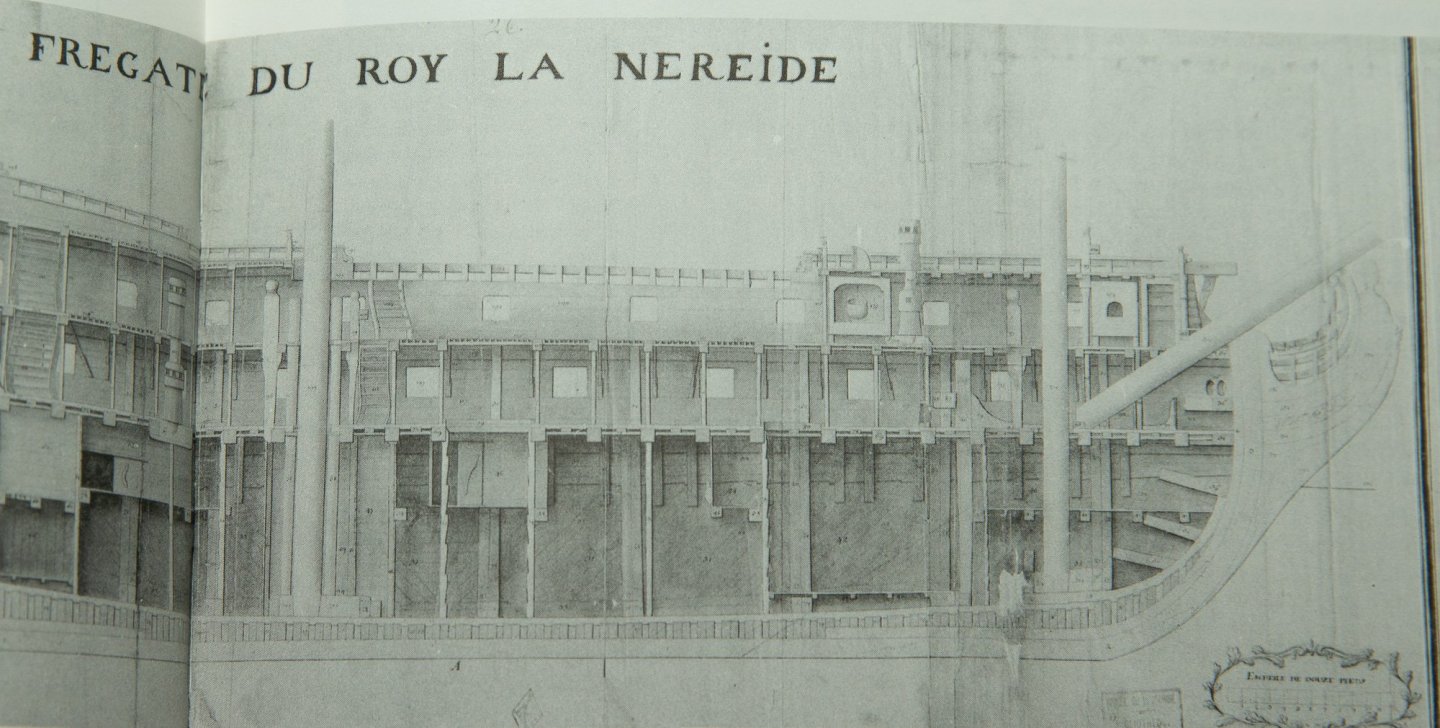
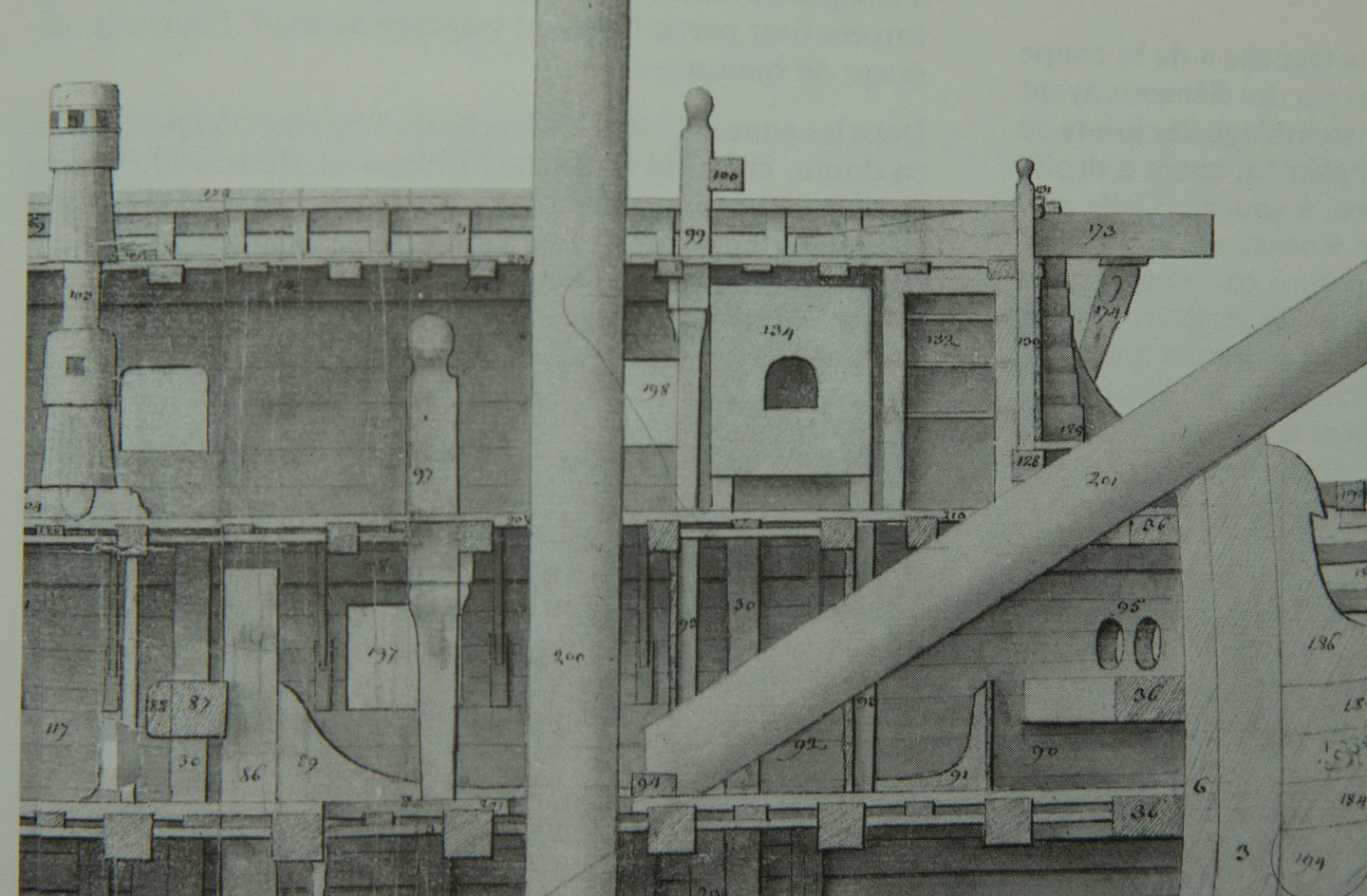
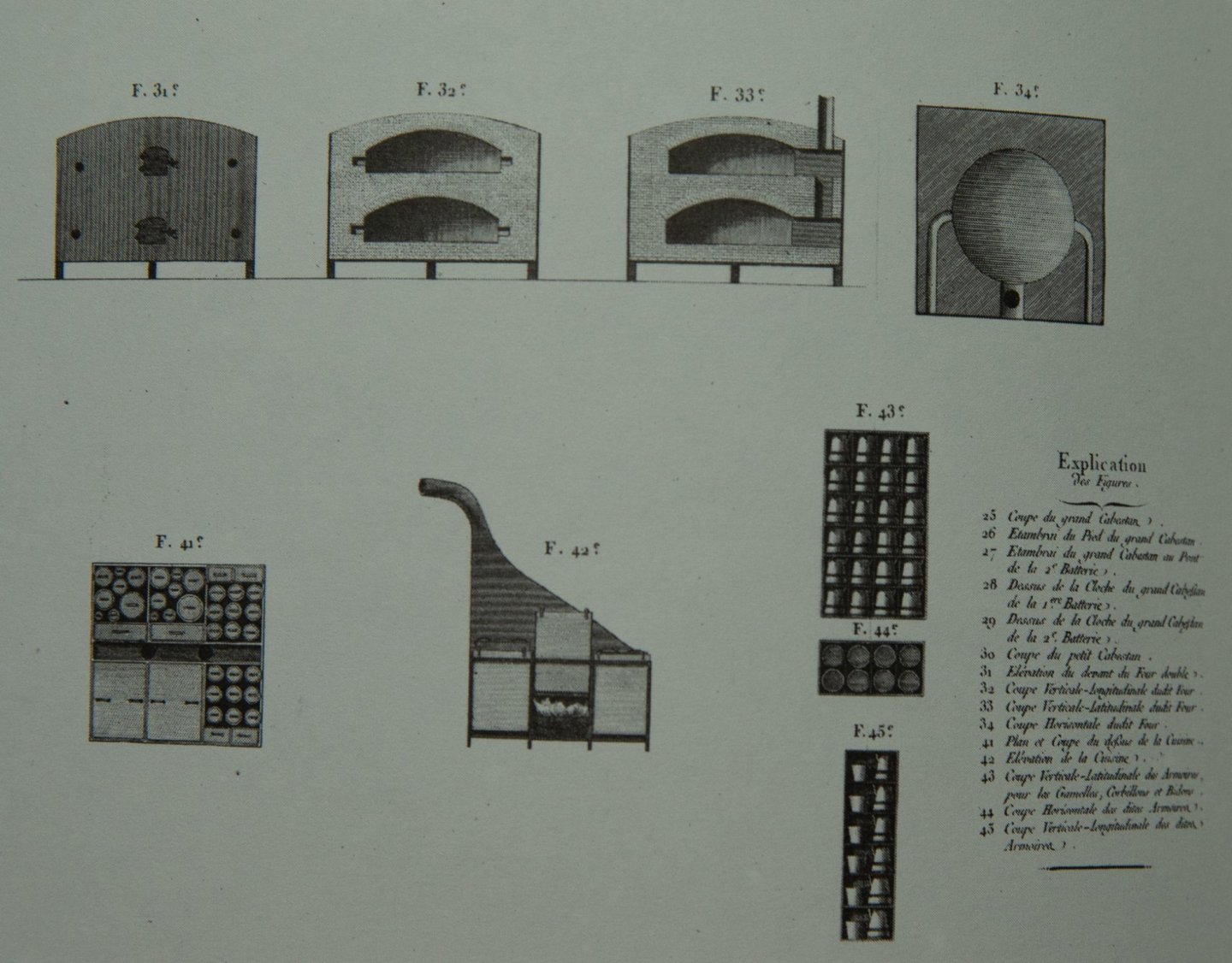
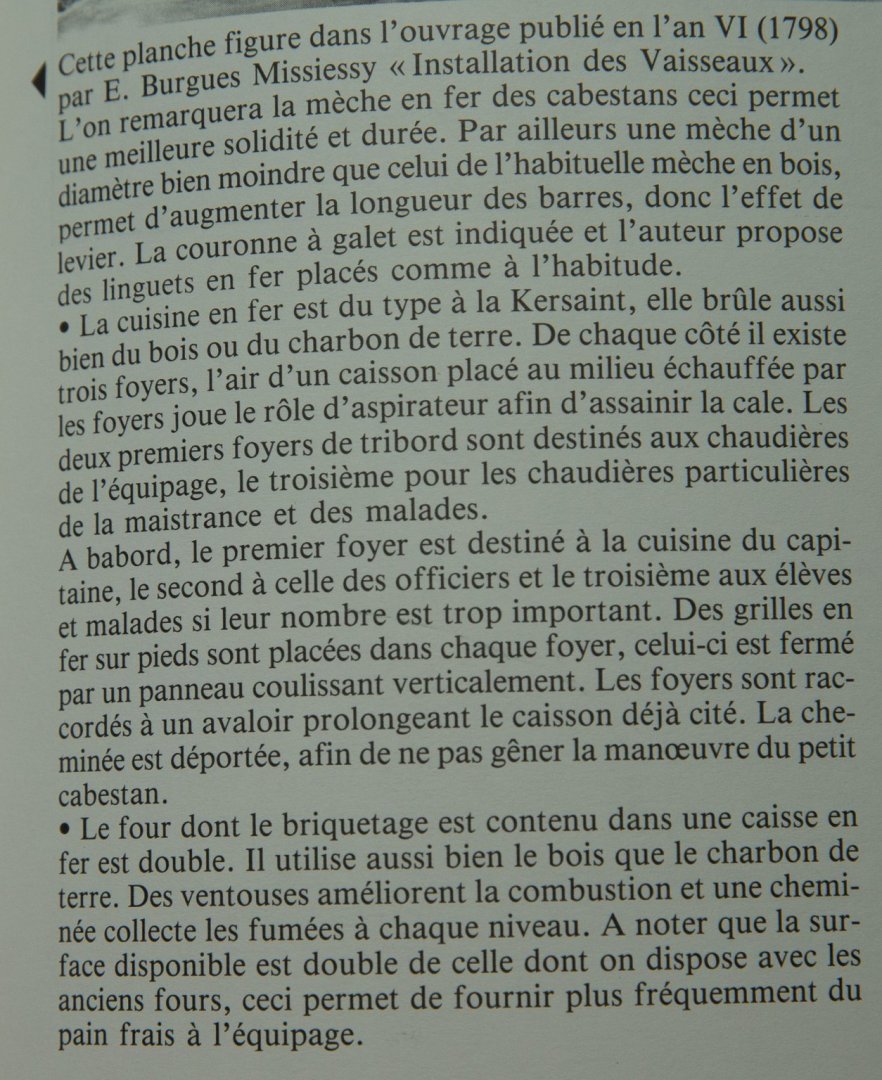
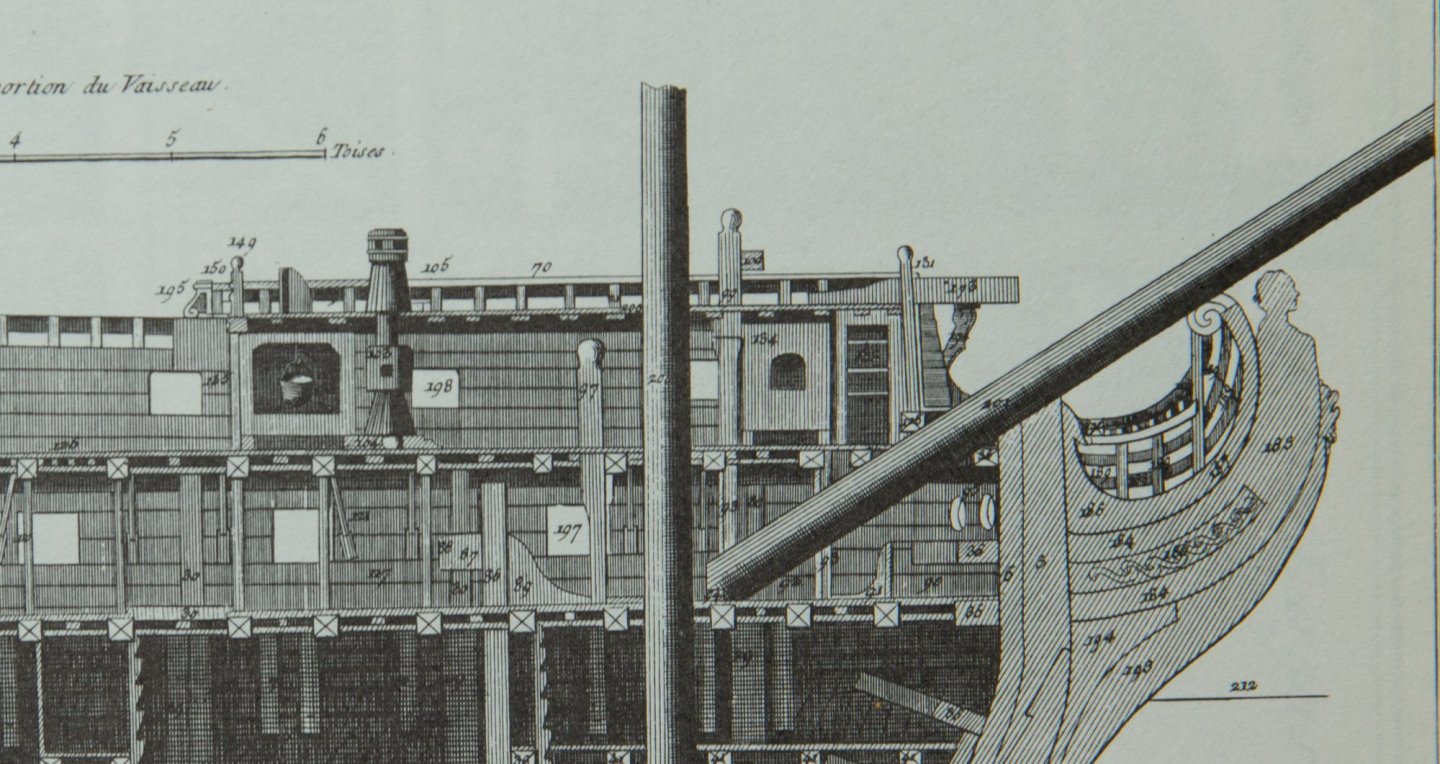
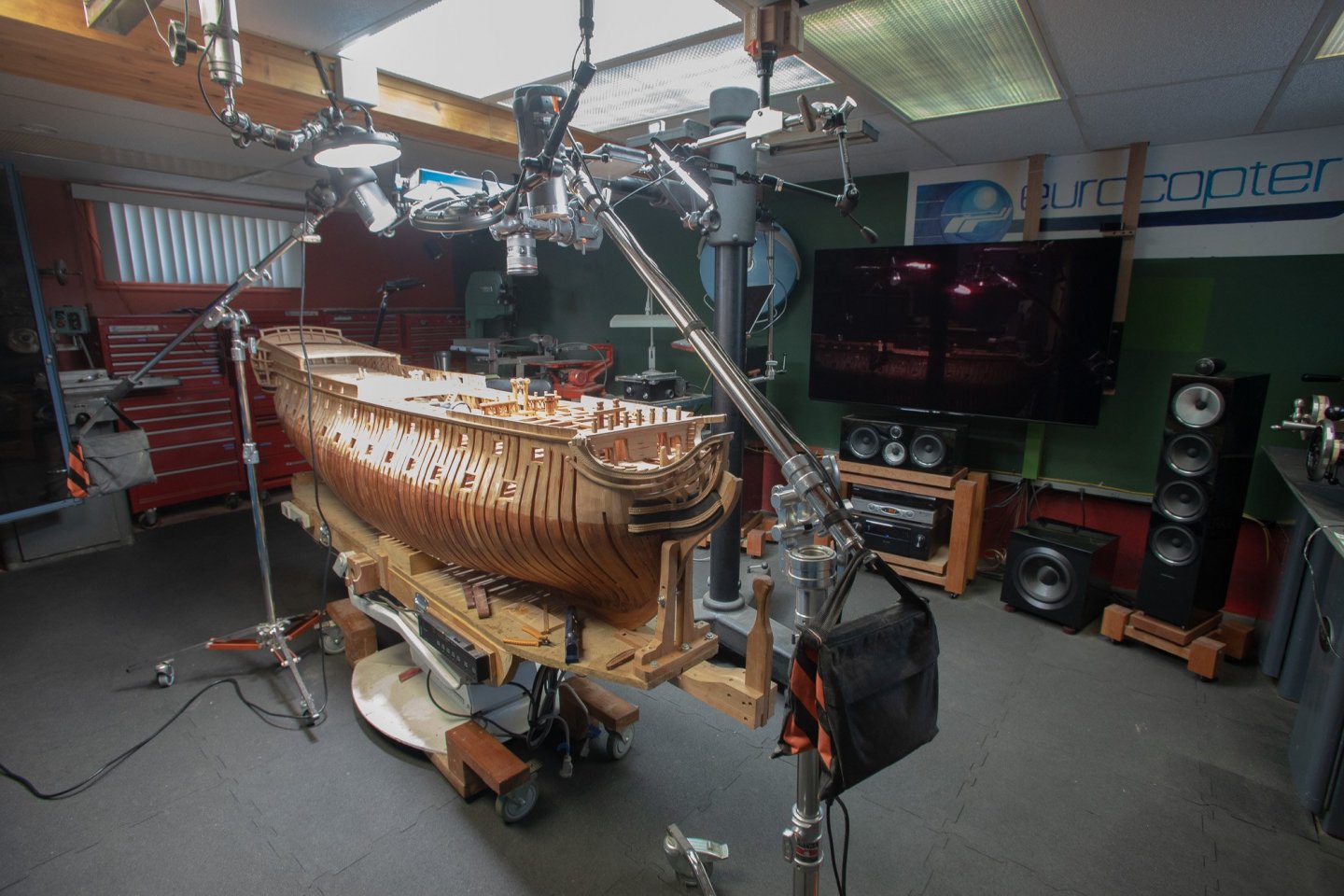

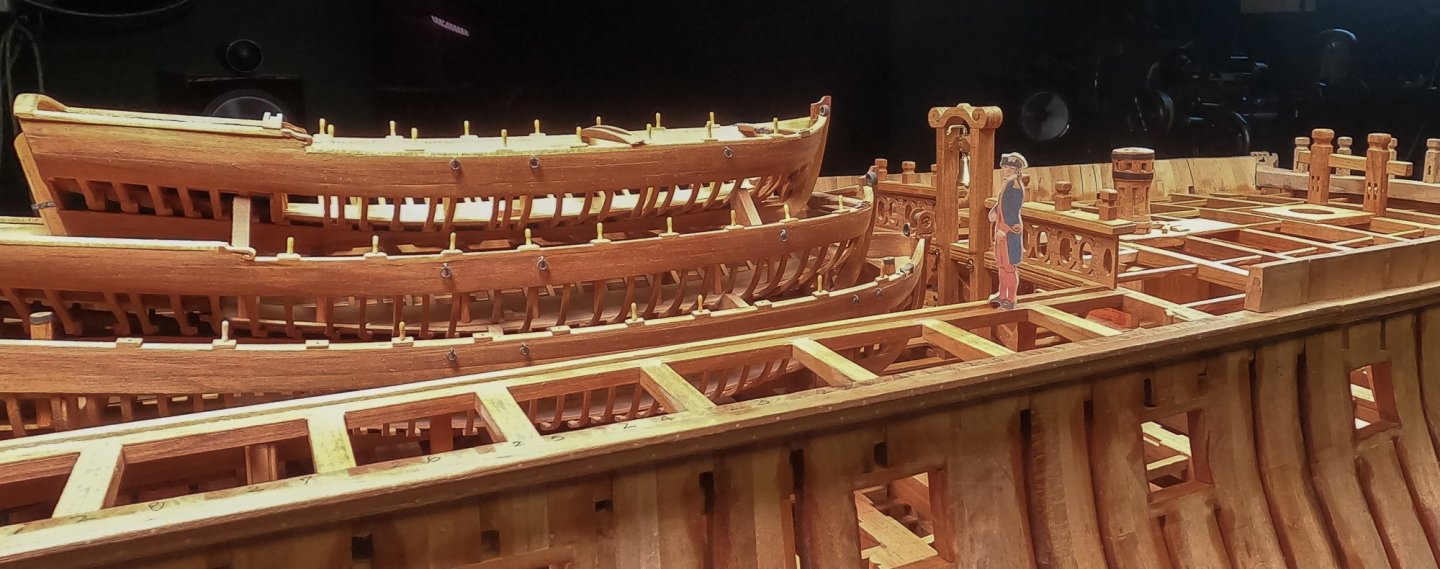
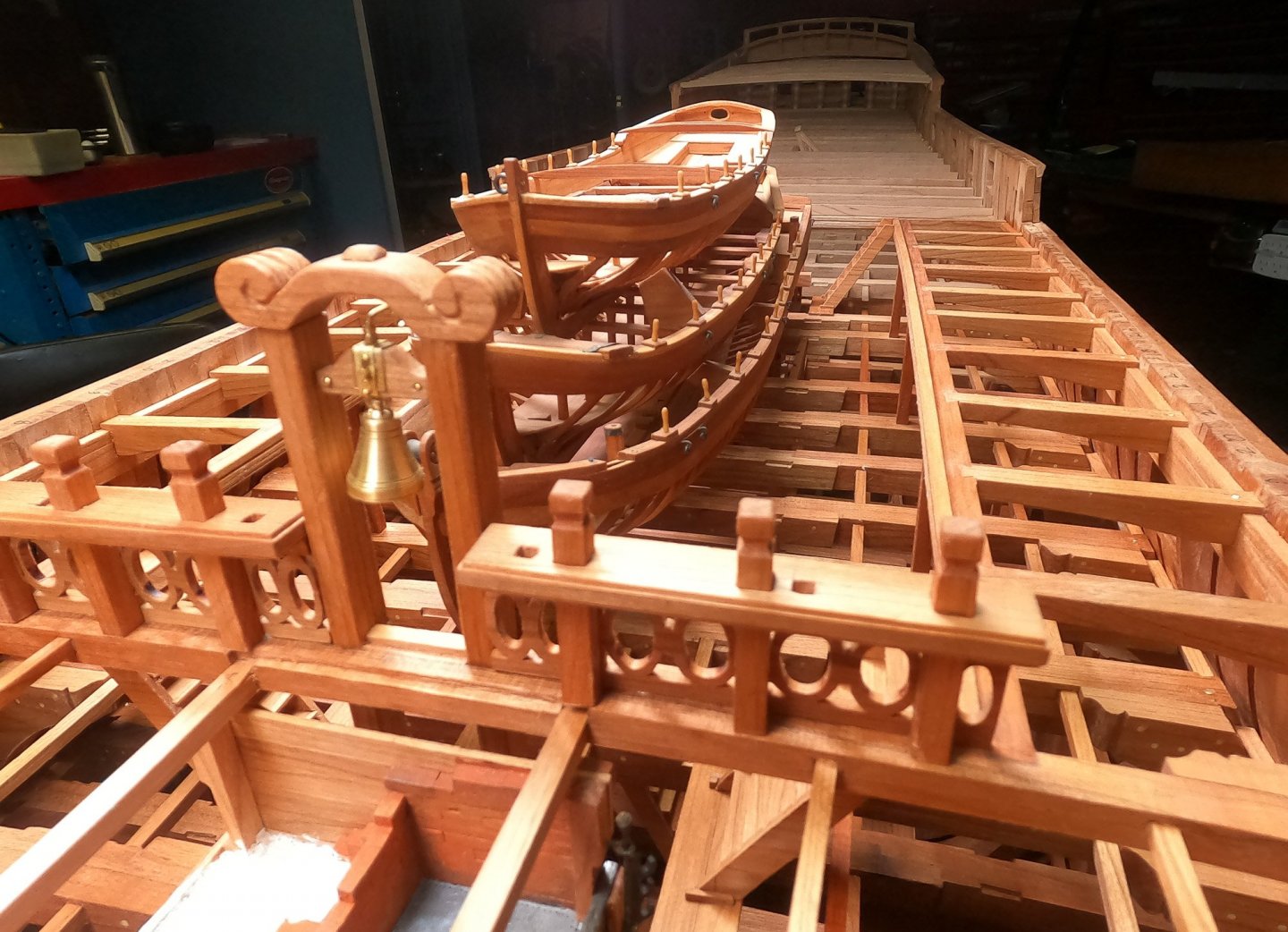

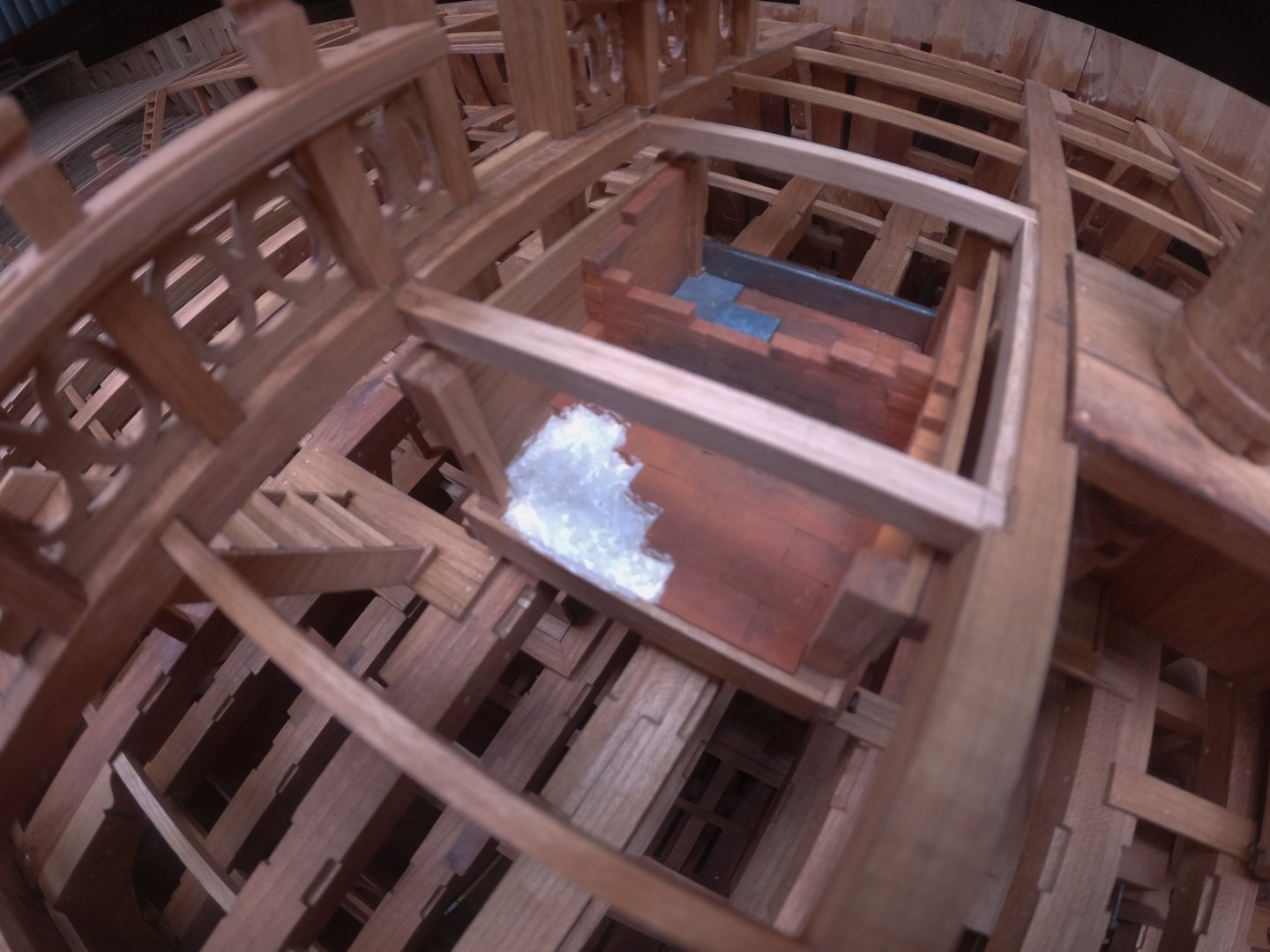
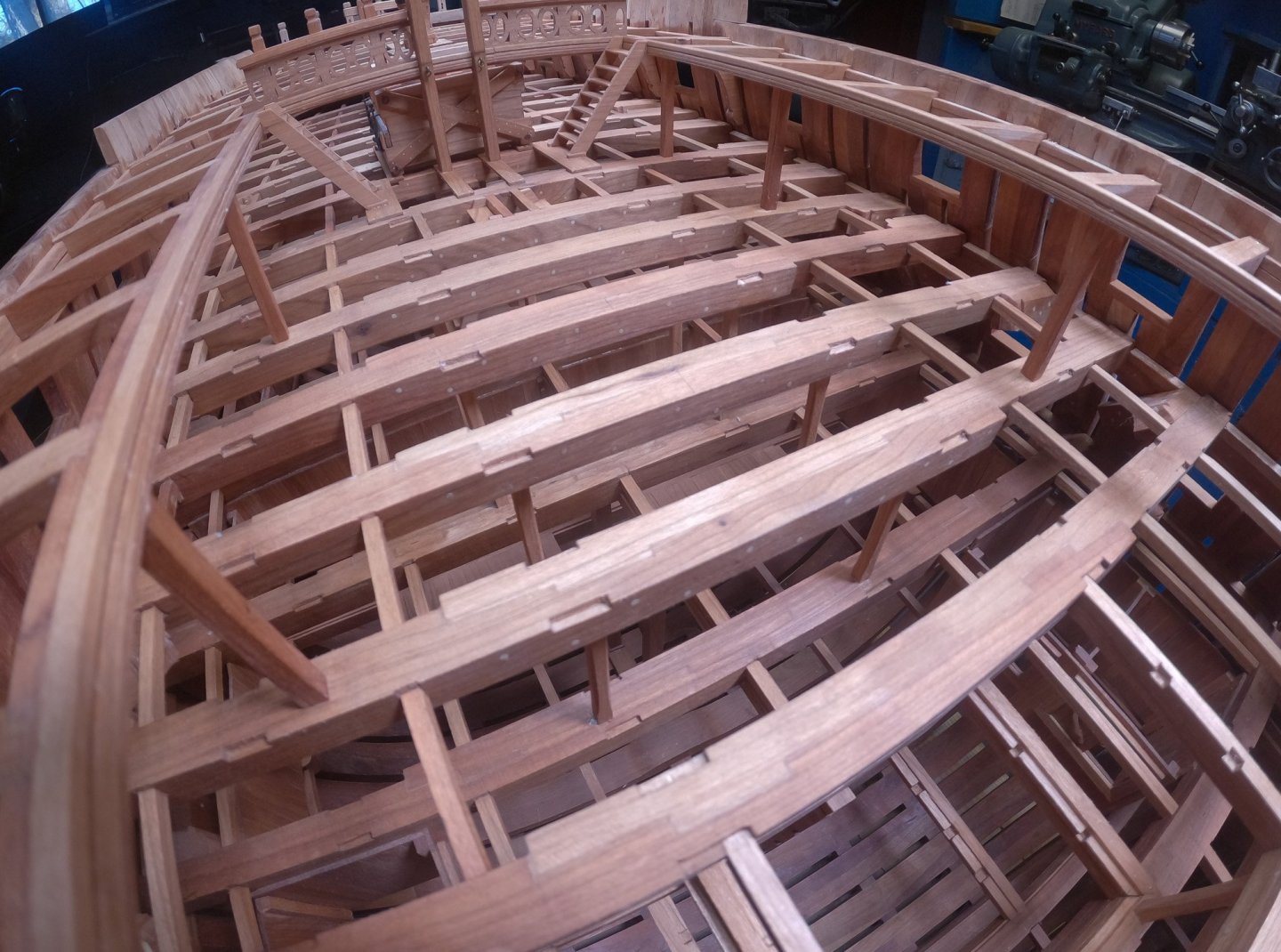
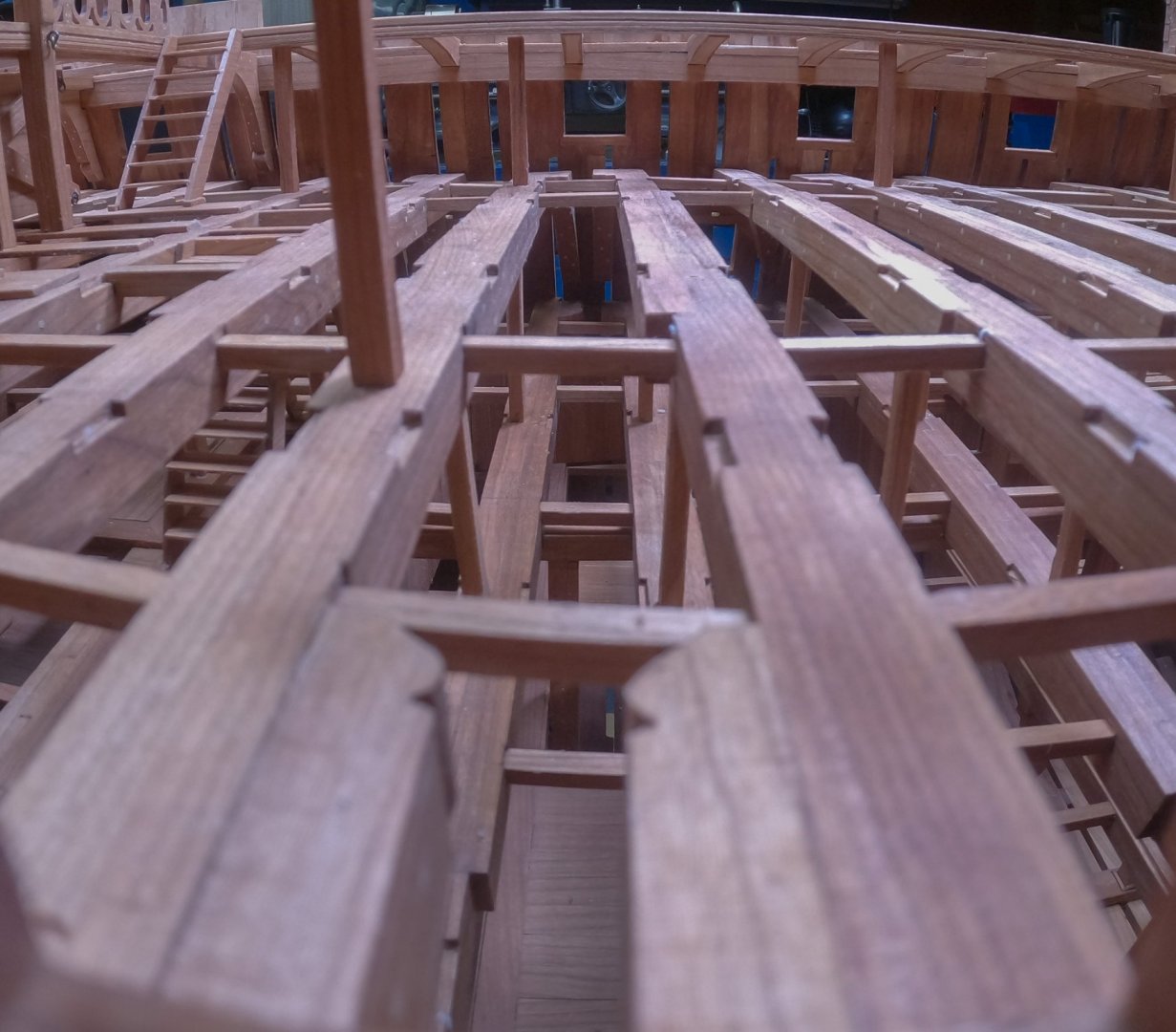
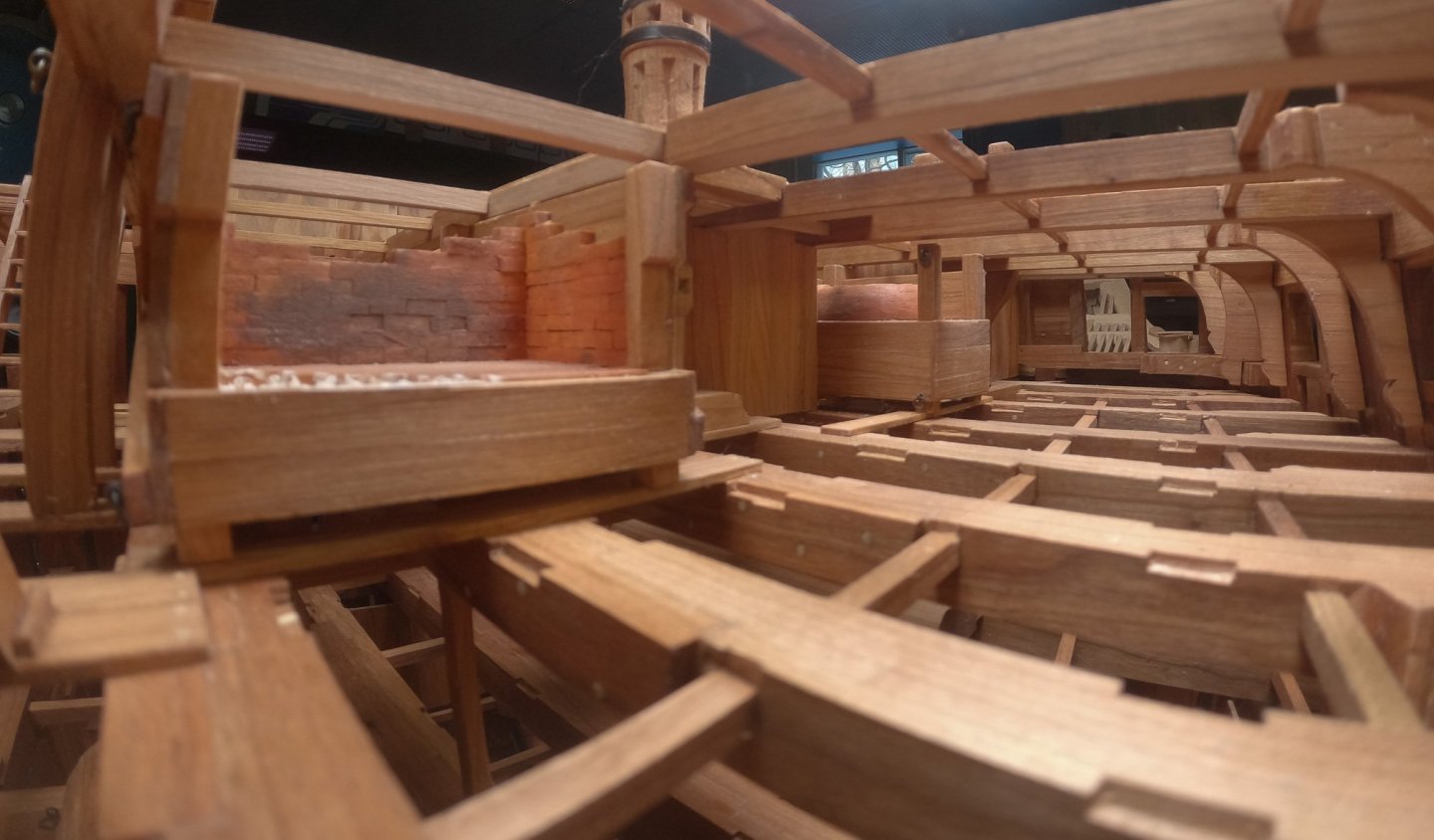
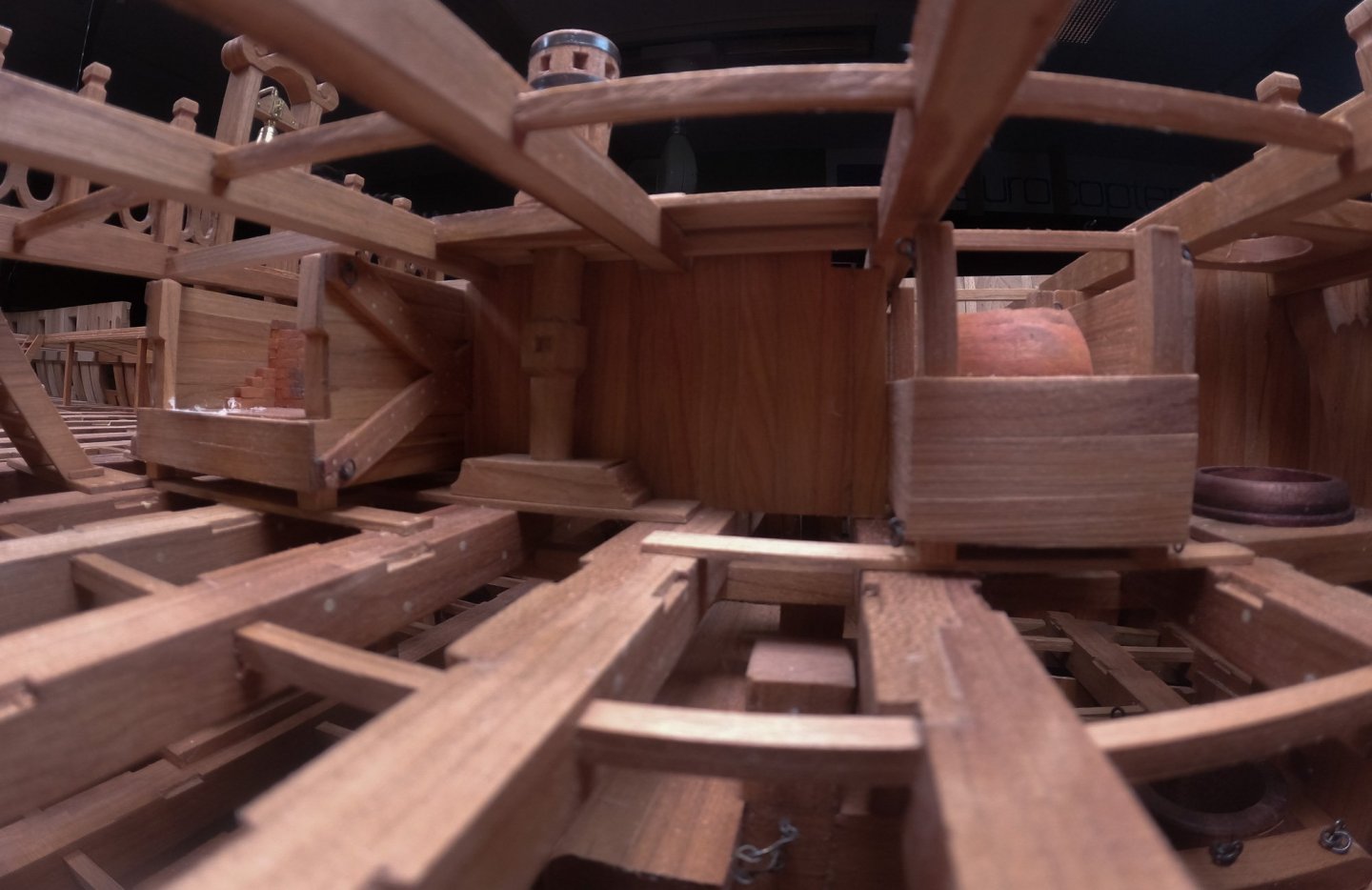

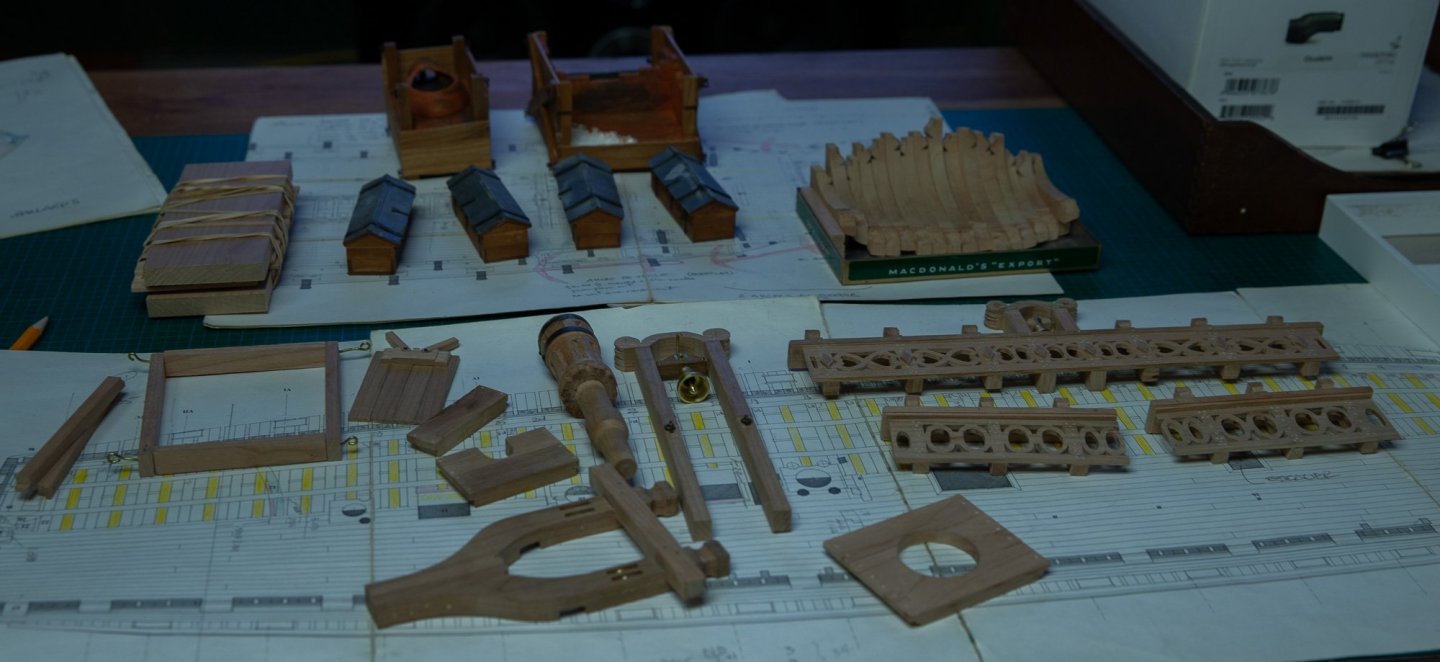
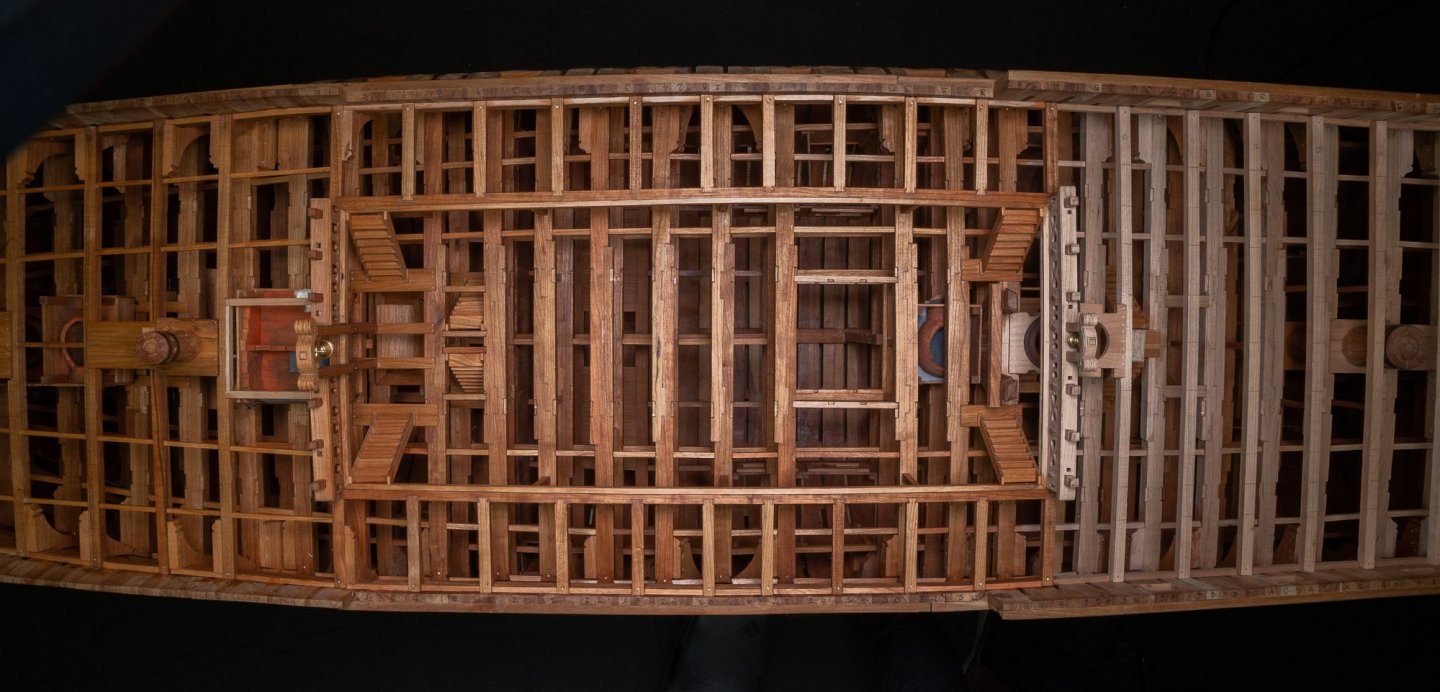
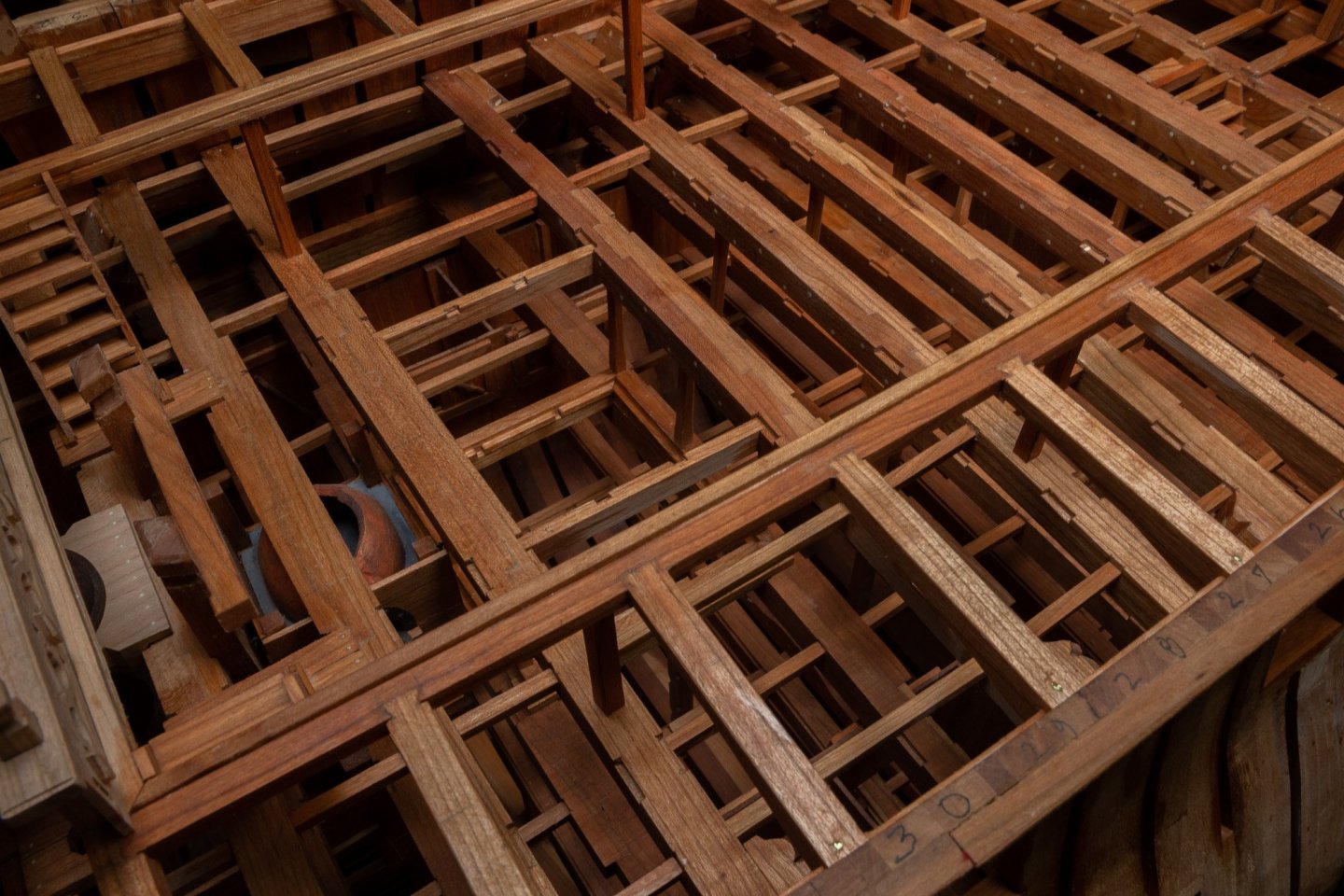
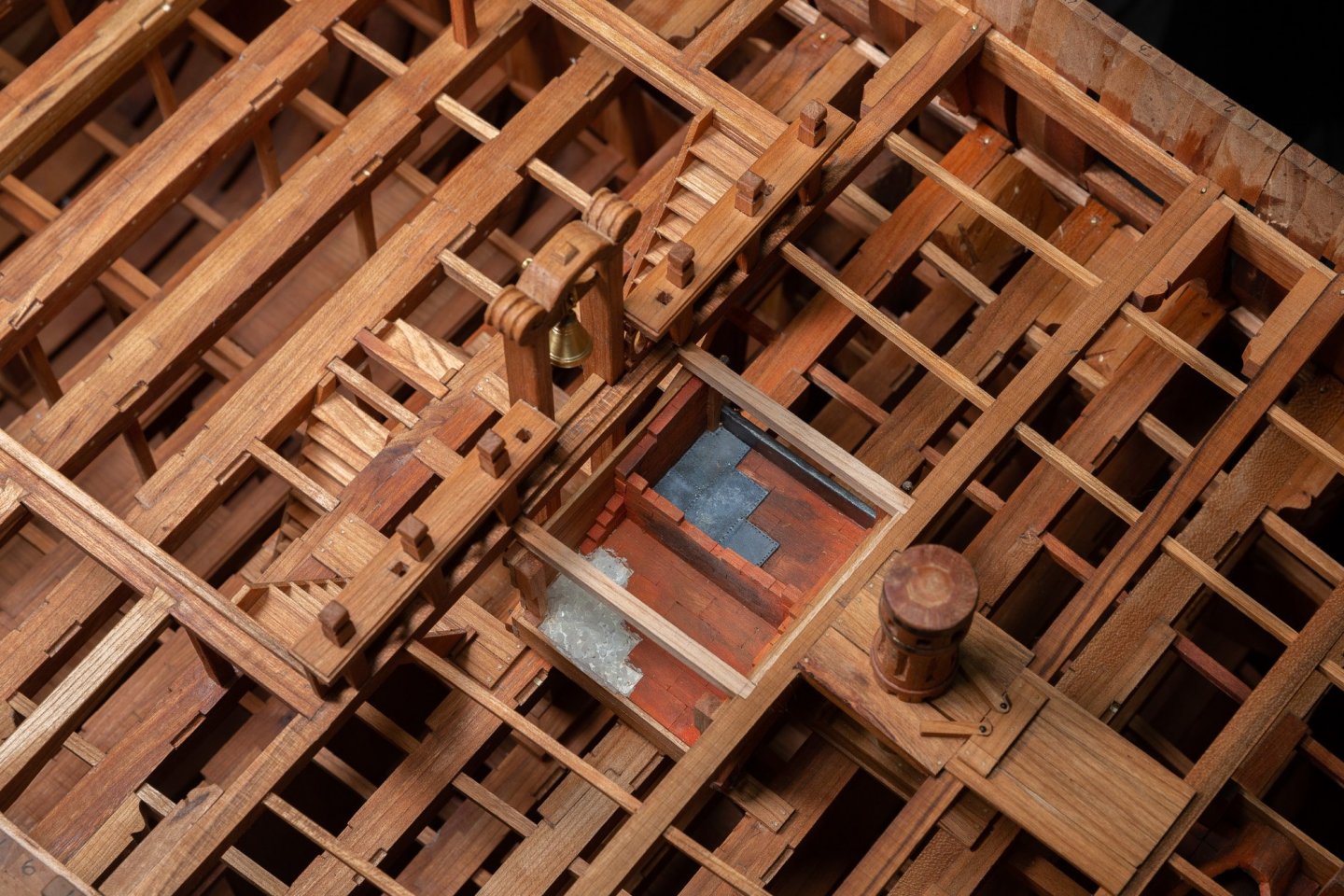
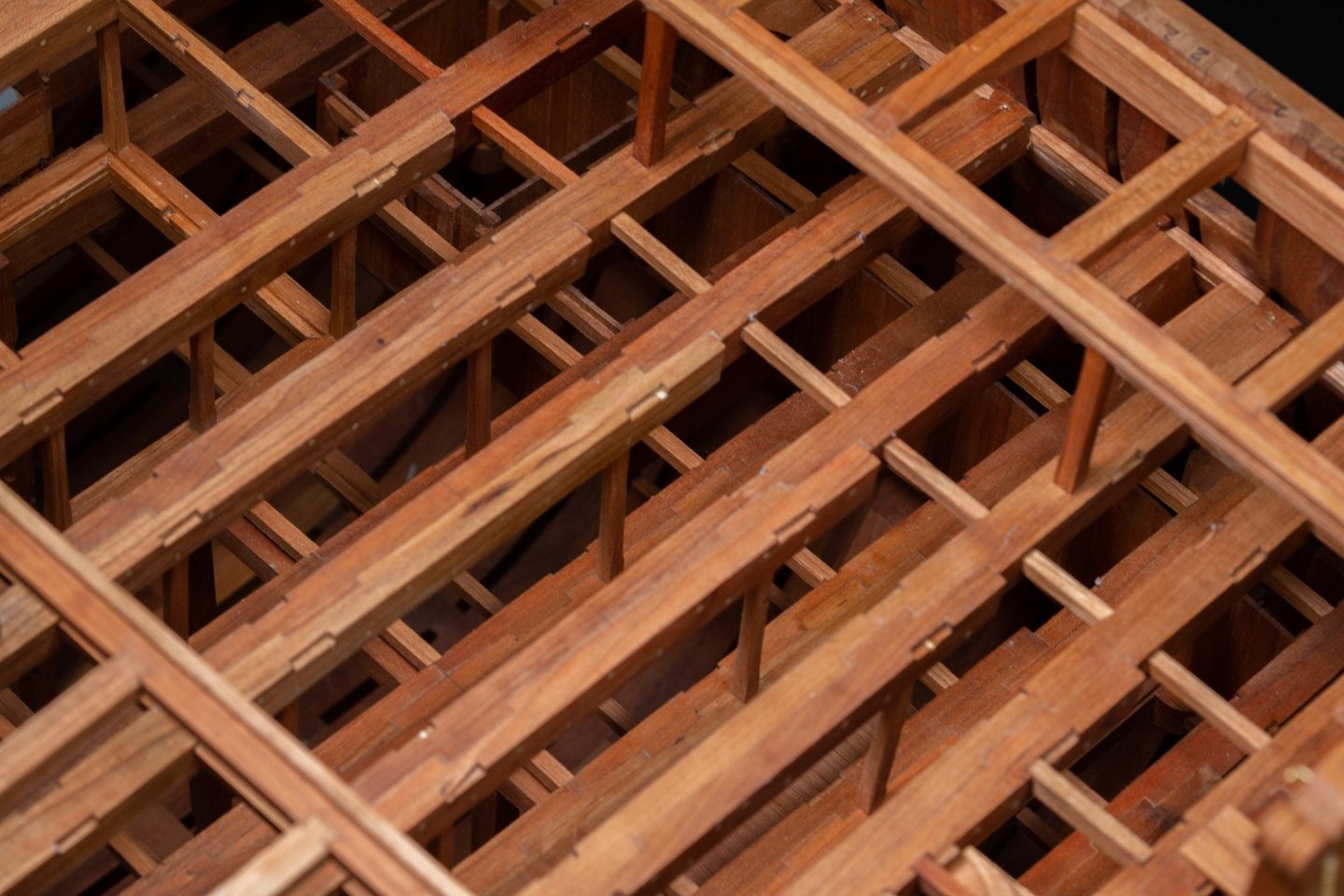
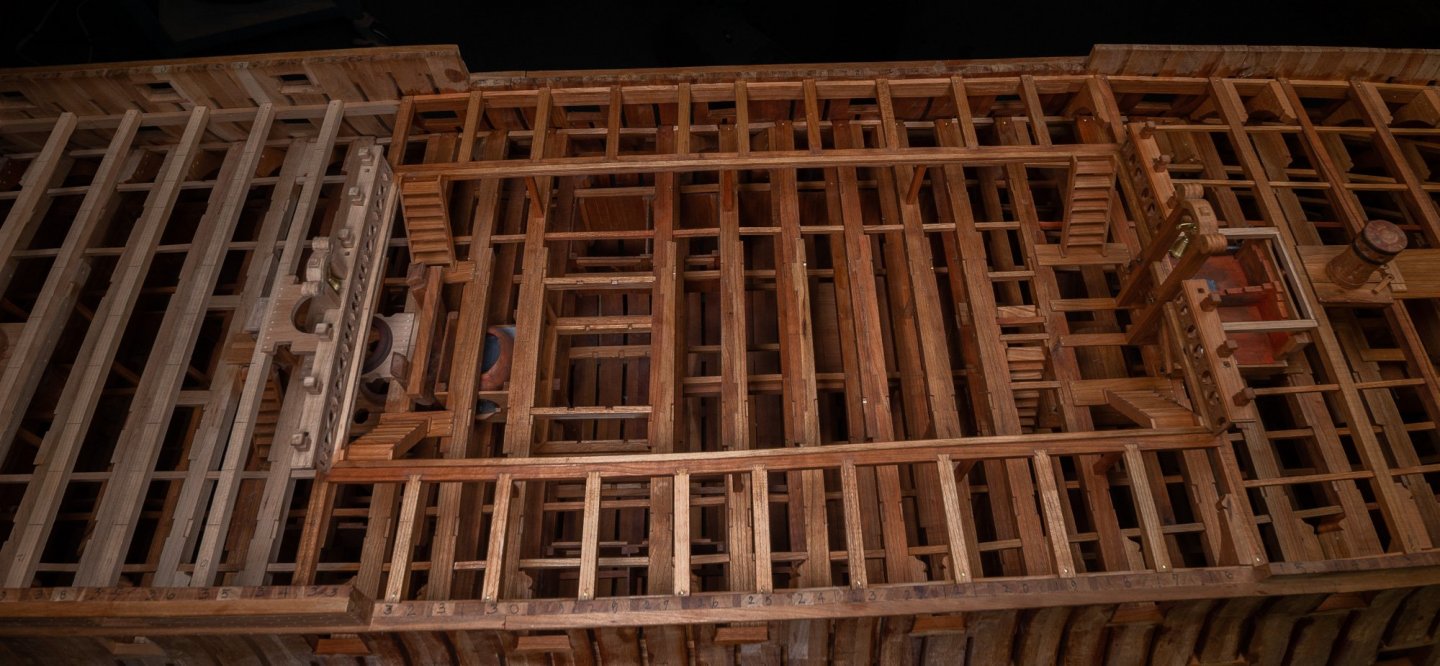
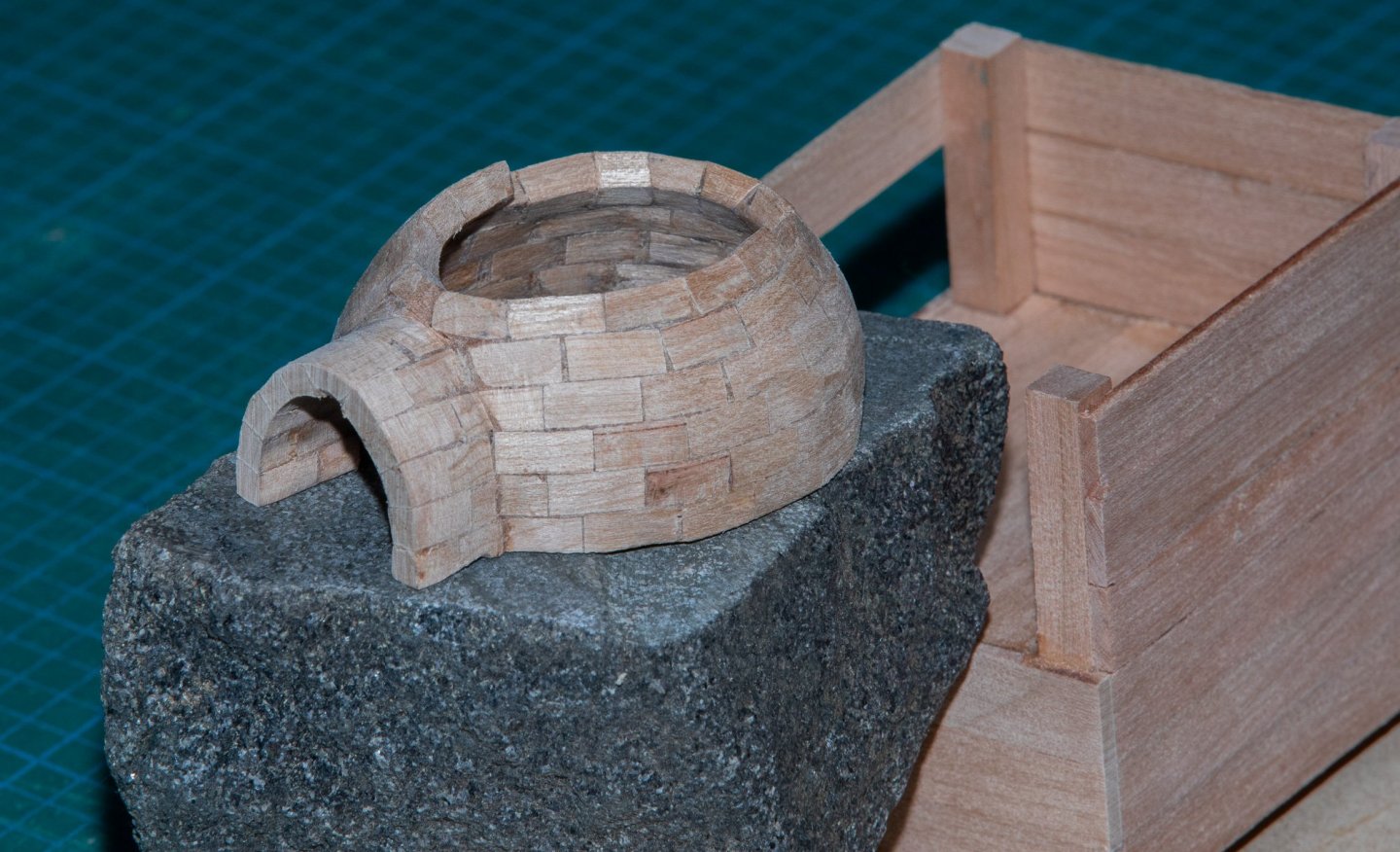
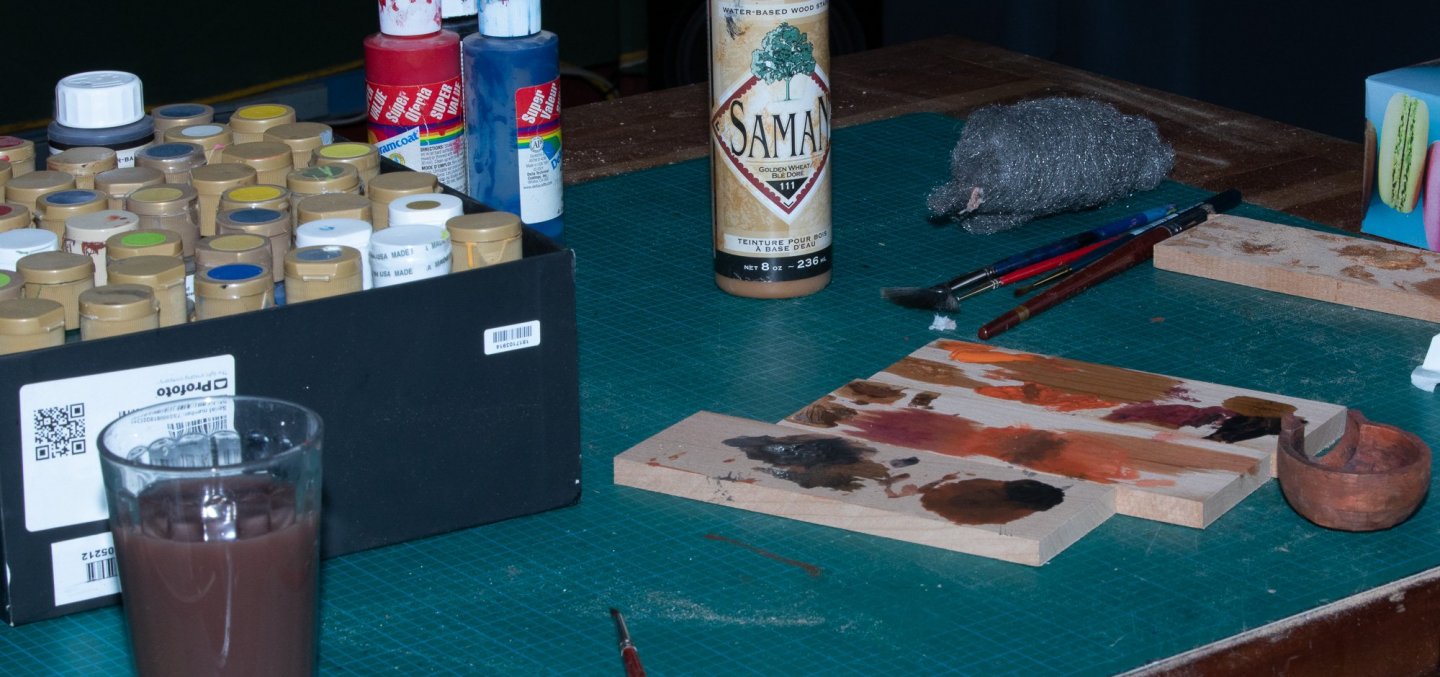

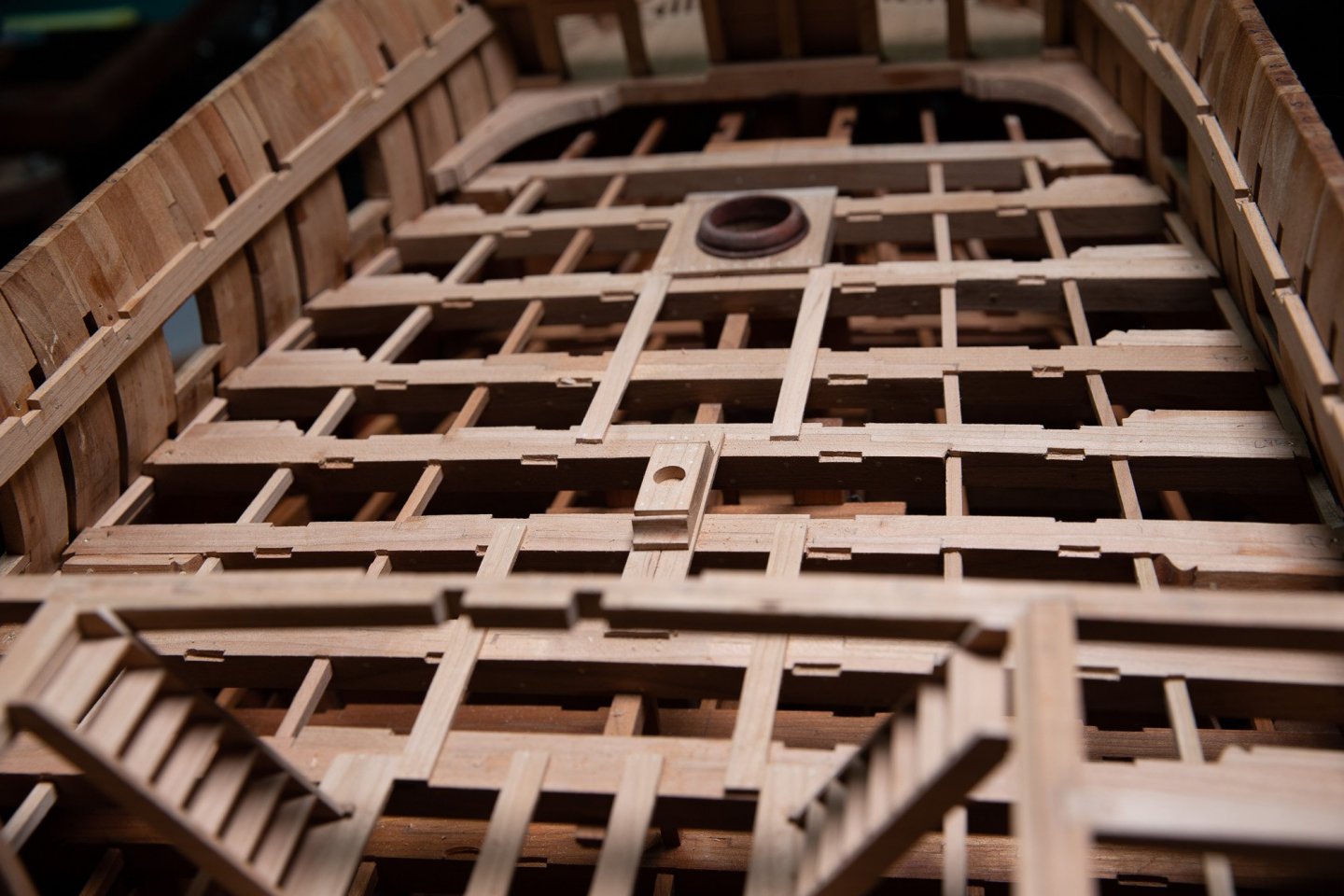
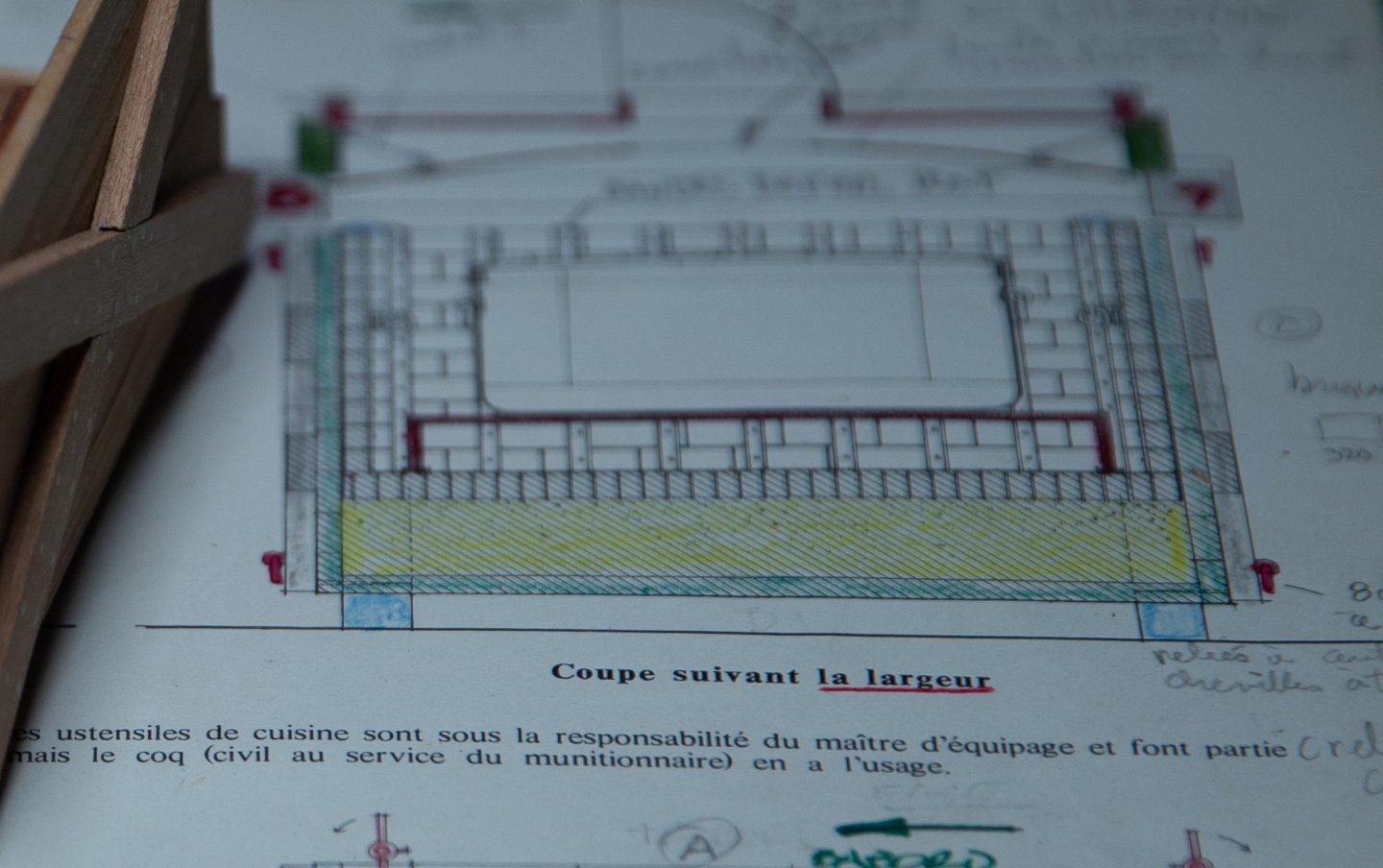
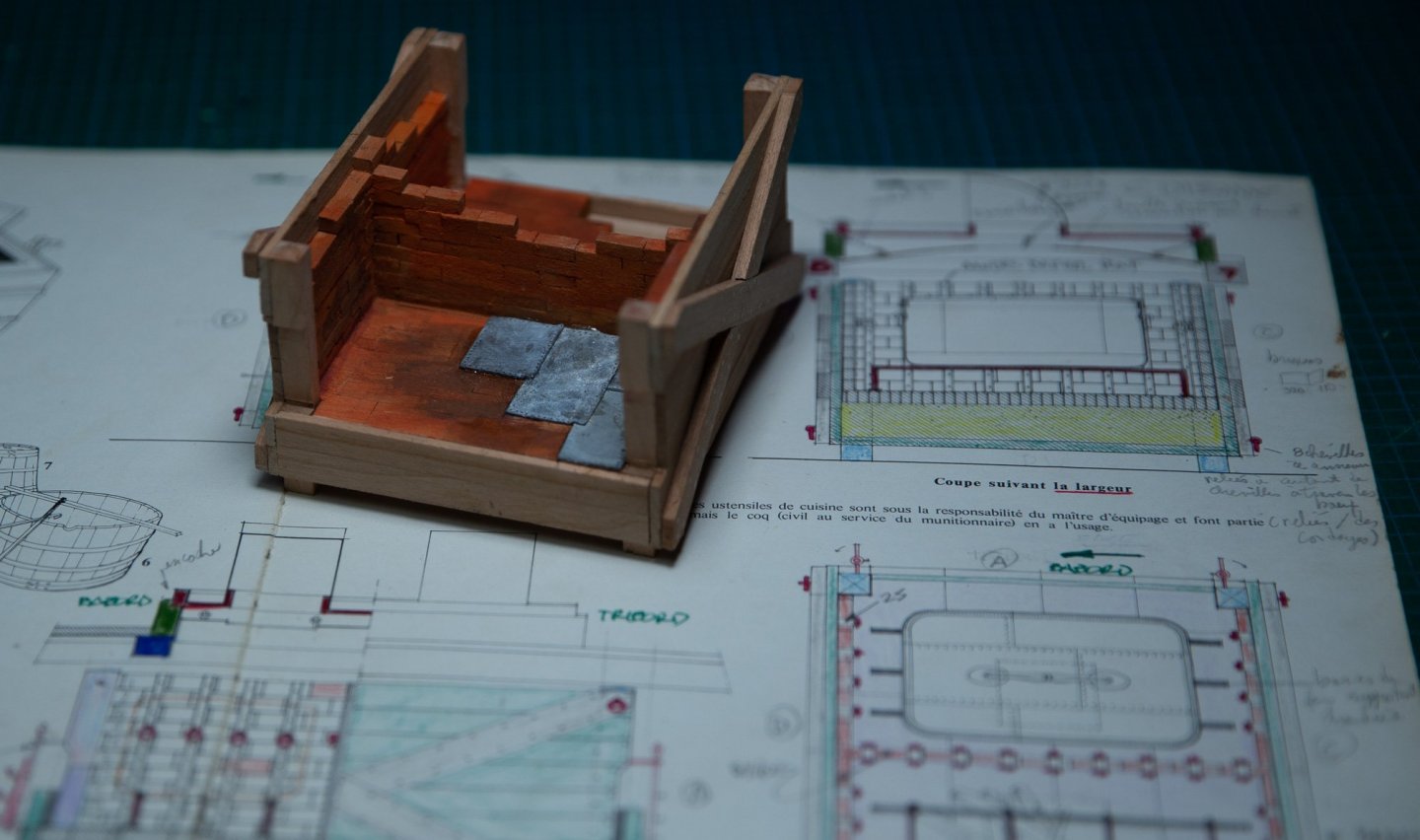
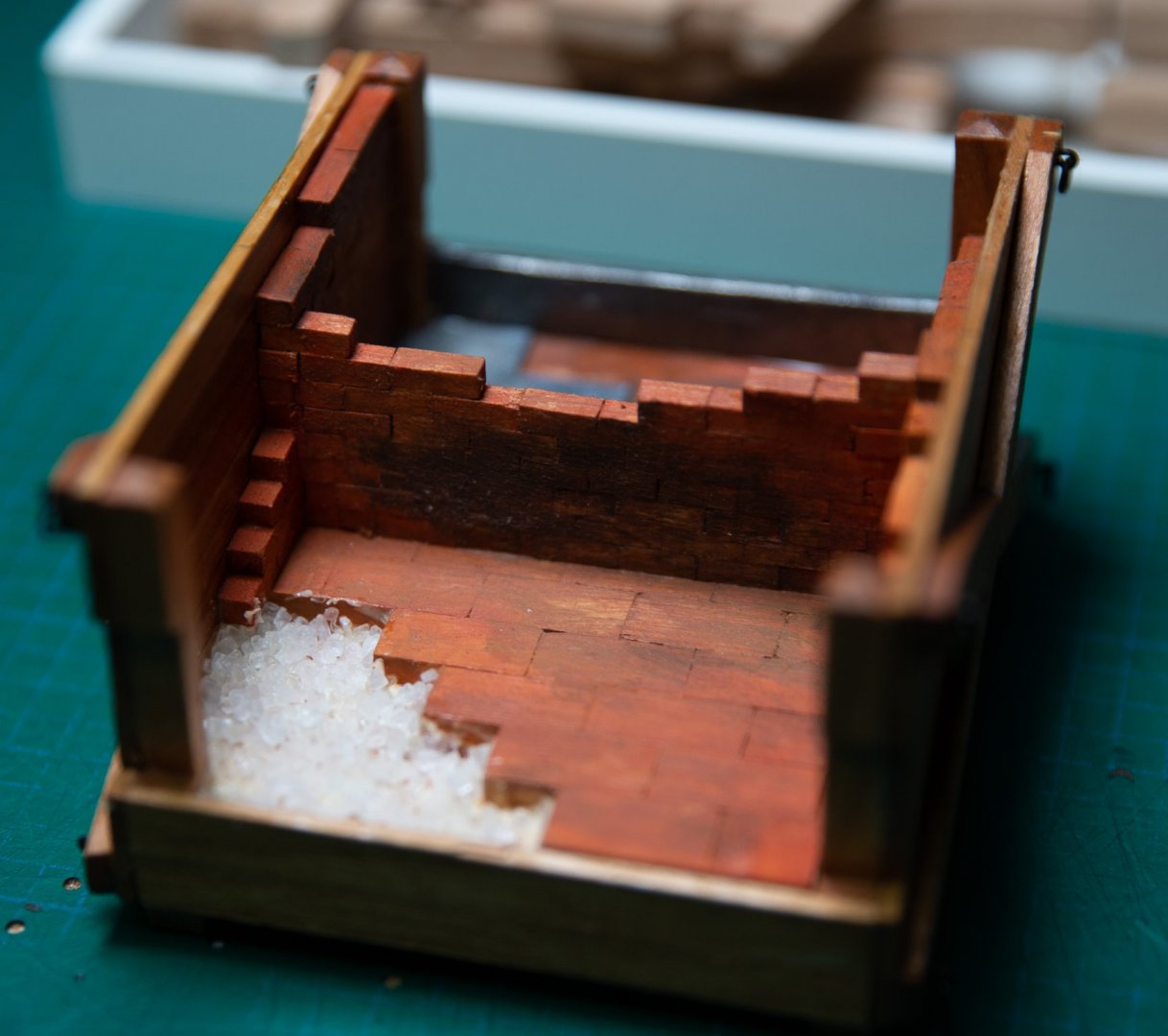
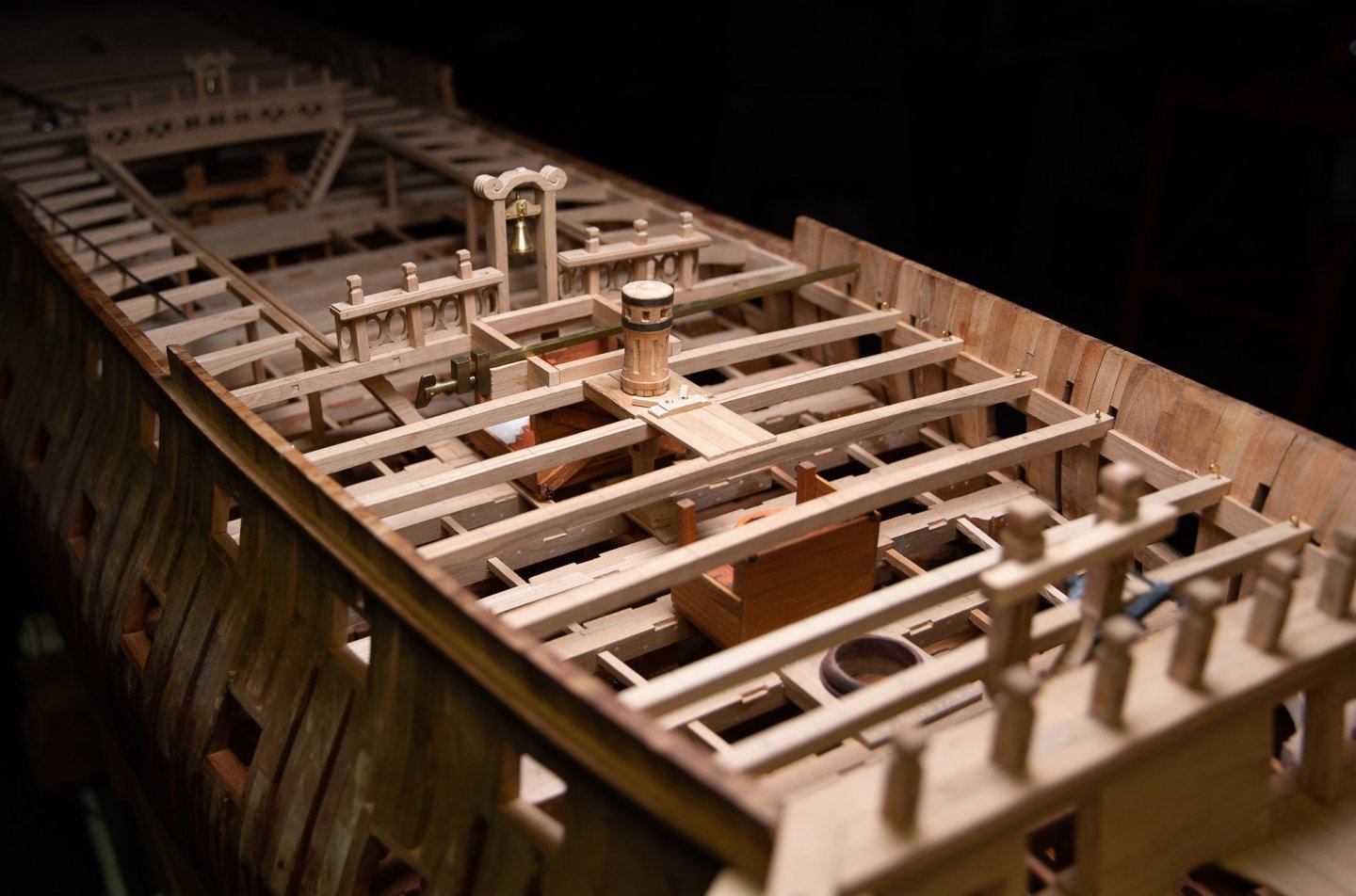
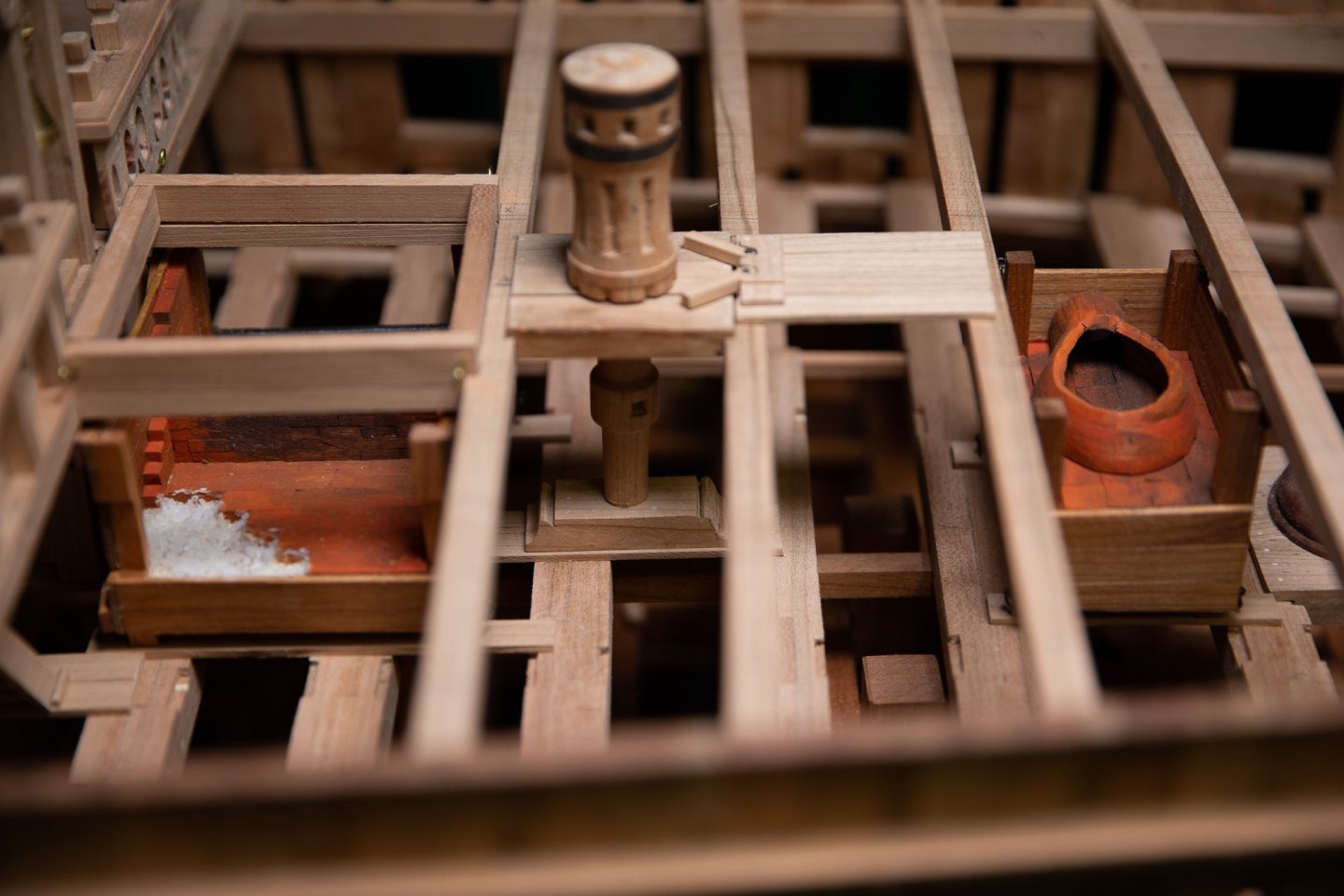
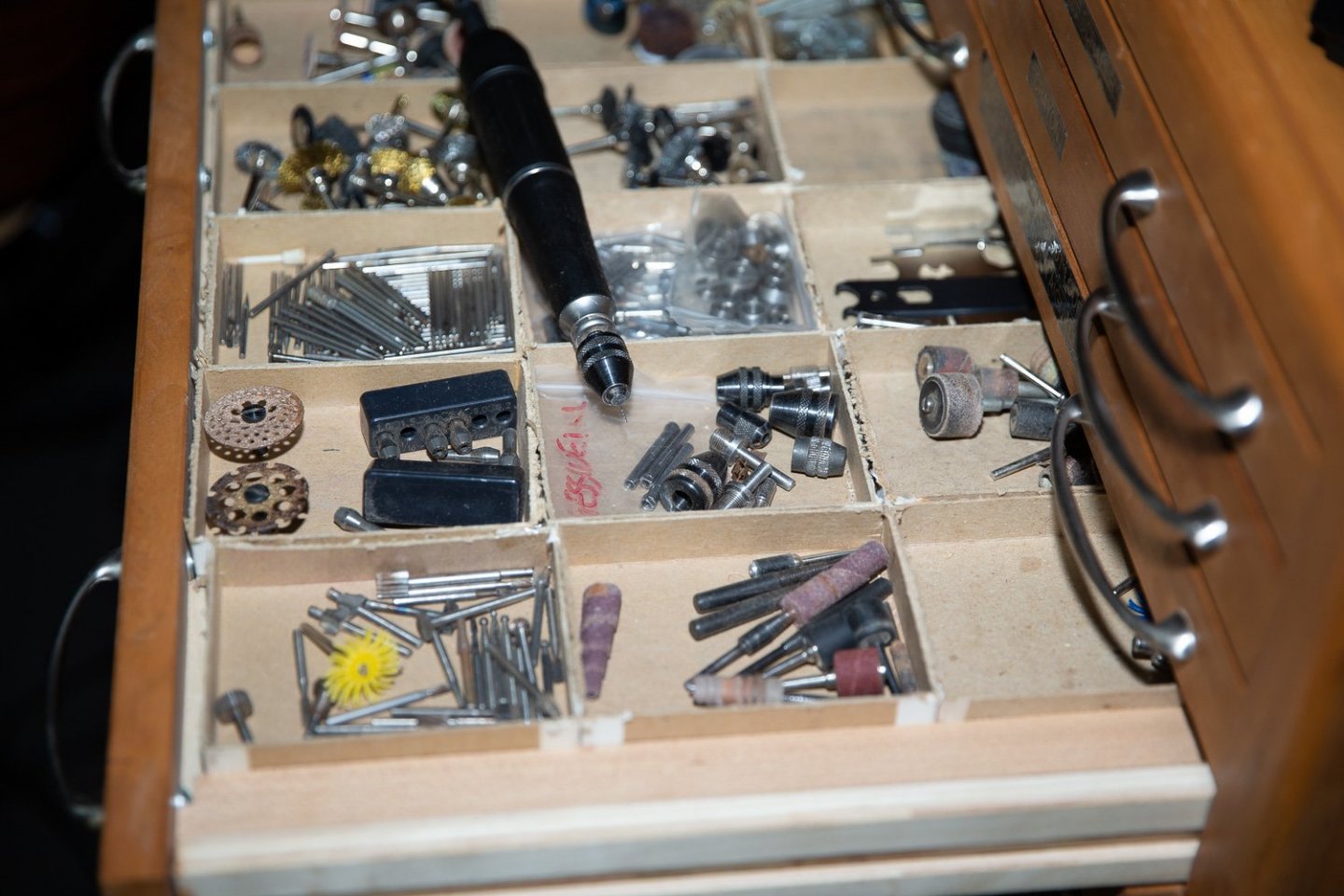
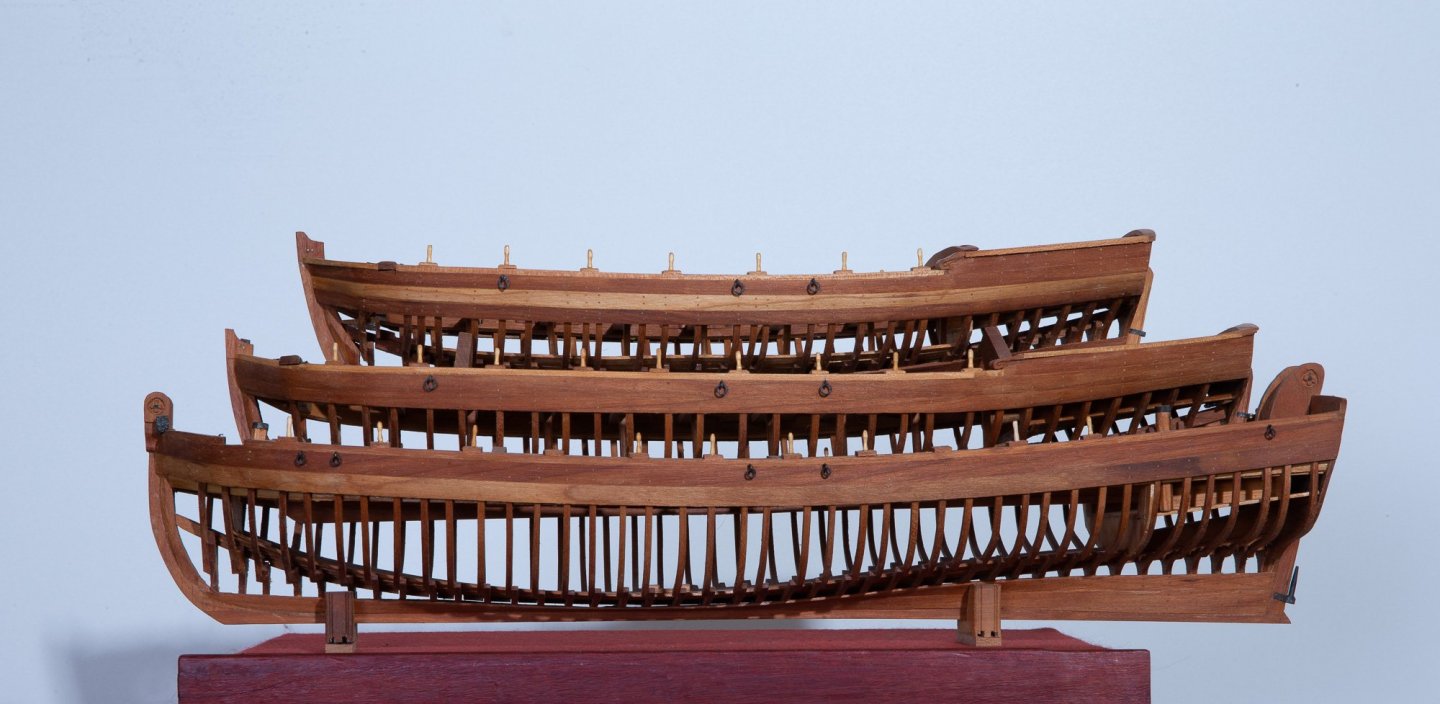
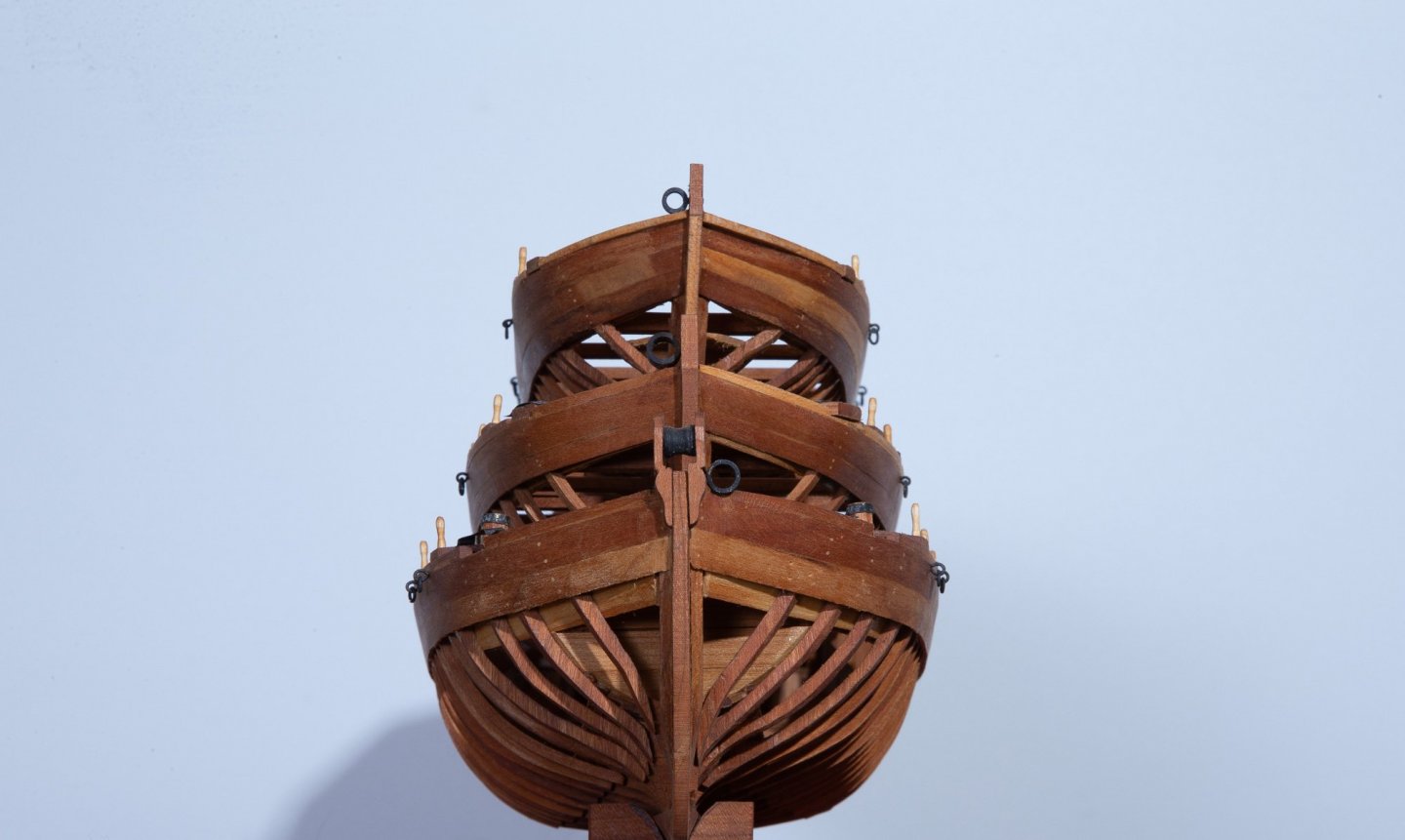

Beavers Prize 1777 by Mike Y - 1:48 - POF - Hahn style
in - Build logs for subjects built 1751 - 1800
Posted
Effectively Mike, it is an excellent post, one of the main reasons, is because you did try them all. I have questions and remarks.
What was your goal with the finishes? What color do you want to get for your model?
There are 2 kinds of tung oil, 1 pure and 1 with an additive to dry slower, this way I can keep a bottle for years.
We must always be careful not to have any glue on any surfaces because finishes will not pass through it and it will make a color difference.
The finish must always be applied at the last step because most finishes will not accept glue well.
Tung oil is the darkest finish, and this is for this reason that I use it. When applied it does instantly age the wood of 100 years and it gives all the beauty to the wood grain.
Shellac can leave a thick layer which look like to be vitrified and which is very shiny when photographed.
Osmo-polyx: wax oil mixture is not an invention of today. It has been used for few centuries. Alex, the russian makes excellent mixtures with oil , bee wax and even some more additives depending of the results wanted. By example, you can add bitumen to give a look even more aged to the wood, turpentine for easier application and so on.
Danish oil, I used it for many years. In comparison with tung oil, it does not look like to be as pure and also if you prefer a lighter coloration, you will use it and I think it was your goal.
Wiping after applying. I would say it is a must especially by the nature of the oils, it is not as easy to spread as paint or something like this.
French polish, I have seen a french guy using it for a modern model ship sail; boat, it was very shiny and very nice to see, but the application method was extremely long and difficult.
For pear wood, I can understand why you chose Osmo-polyx. Do you think that this finish would be the winner with every kind of wood?
For cherry wood, I use the non pure tung oil. I would say for 2 main reasons. It does instantly age the wood of 100 years. Untreated you cannot see the richness of the grain of the cherry wood. By treating it, the magic suddenly appears.
Finally, I did not see any varnish and i think it is a good thing. Varnish are excellent when you want a shiny look as for a violin by example, and this not what we want for as model ship builder.